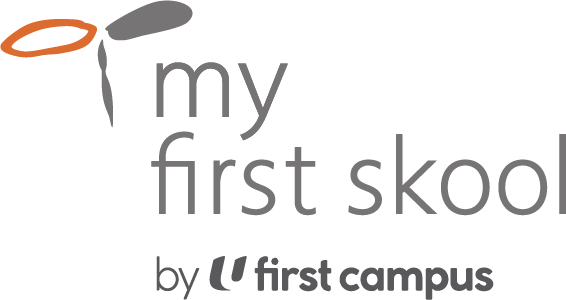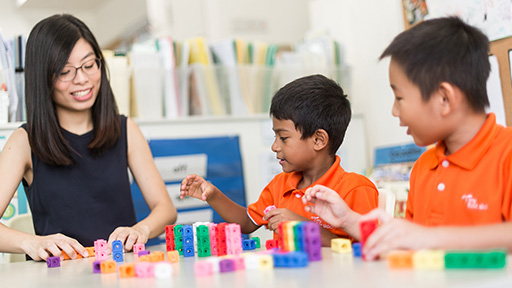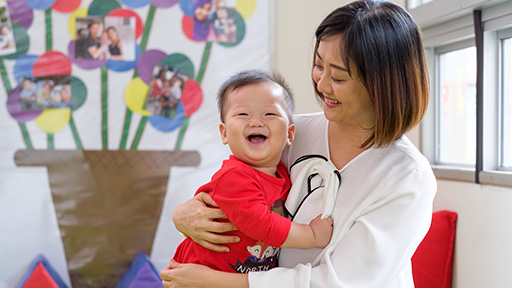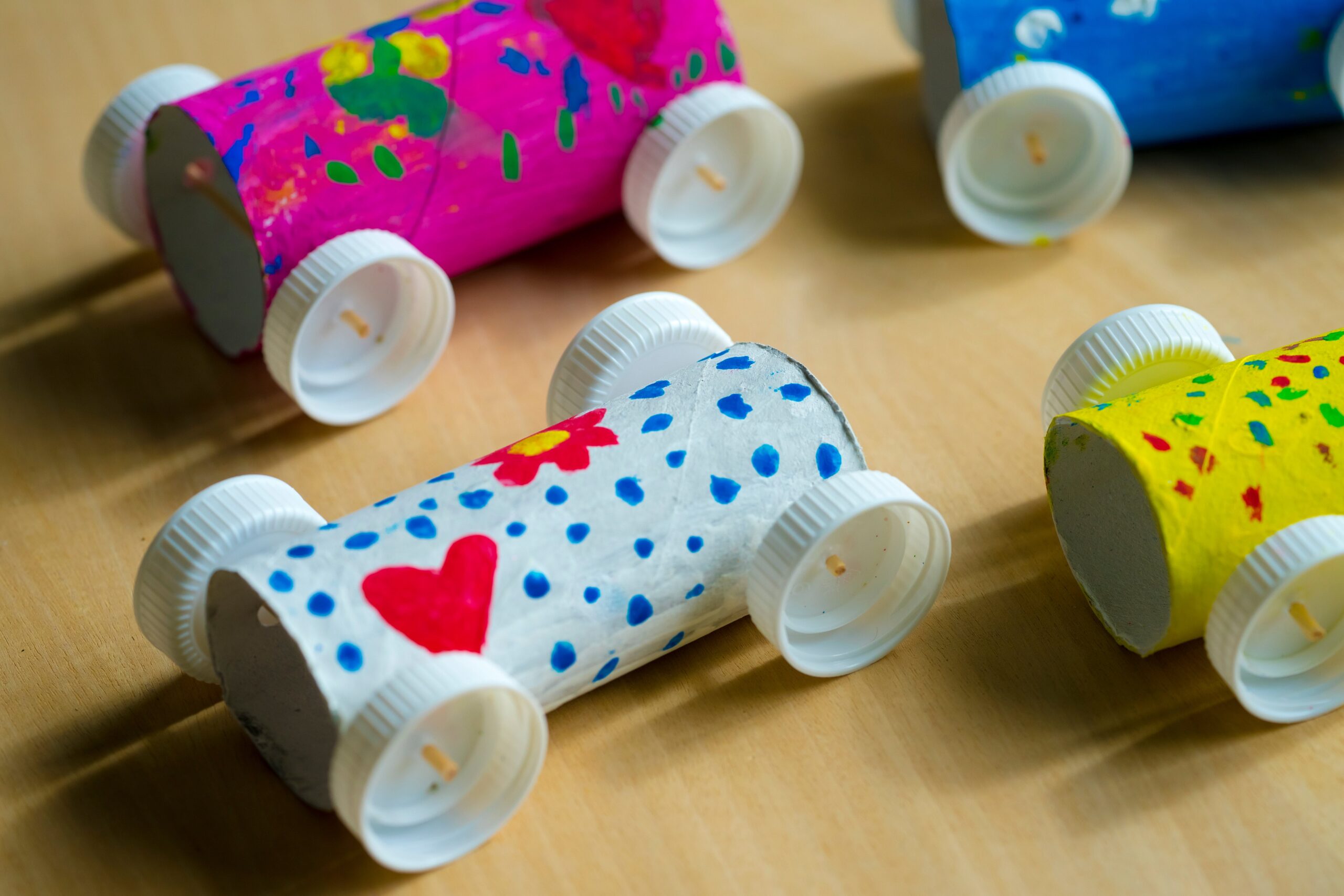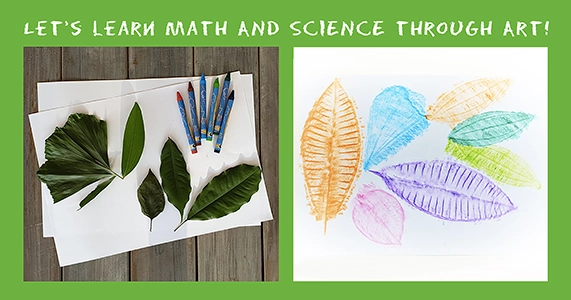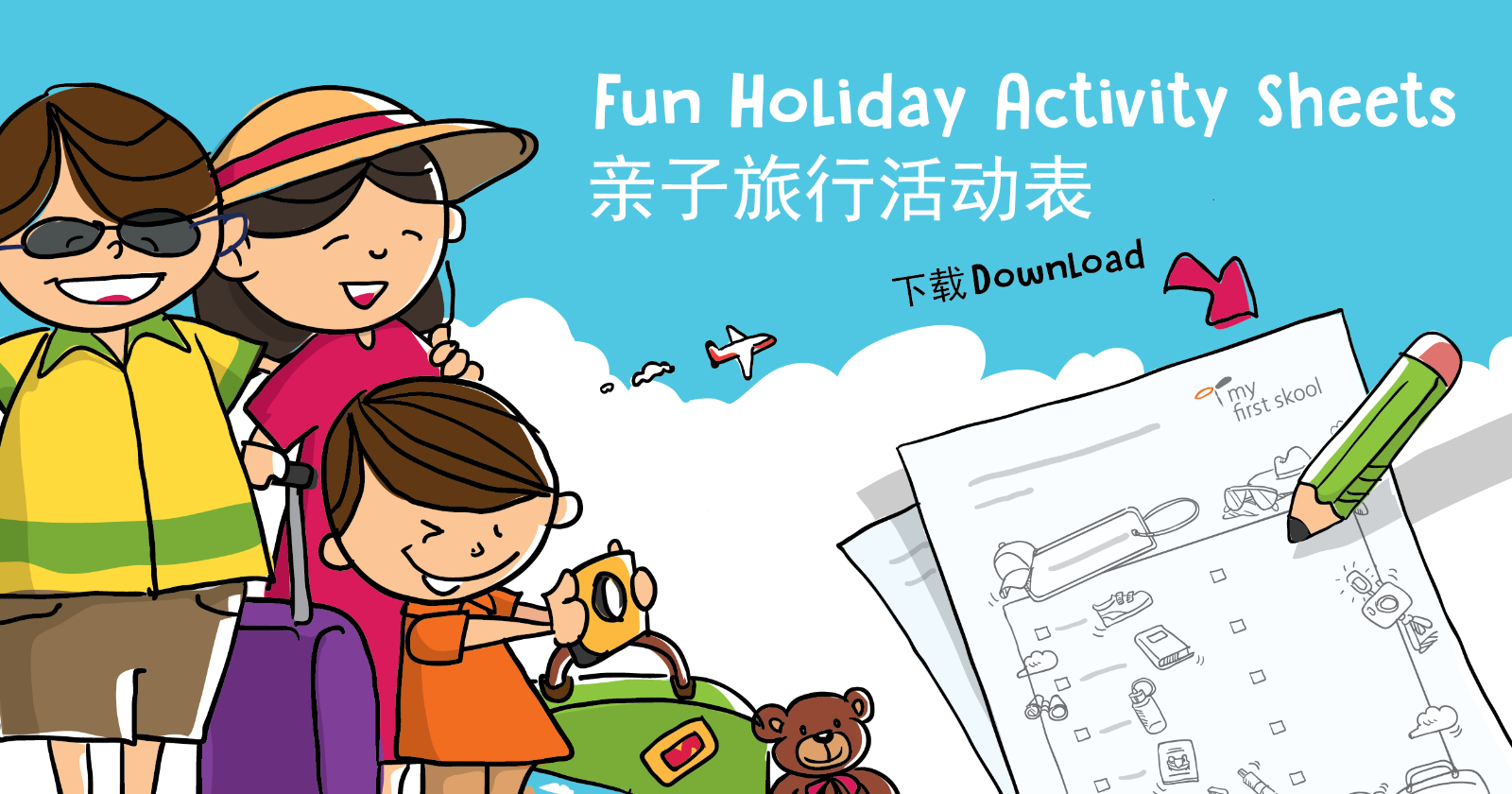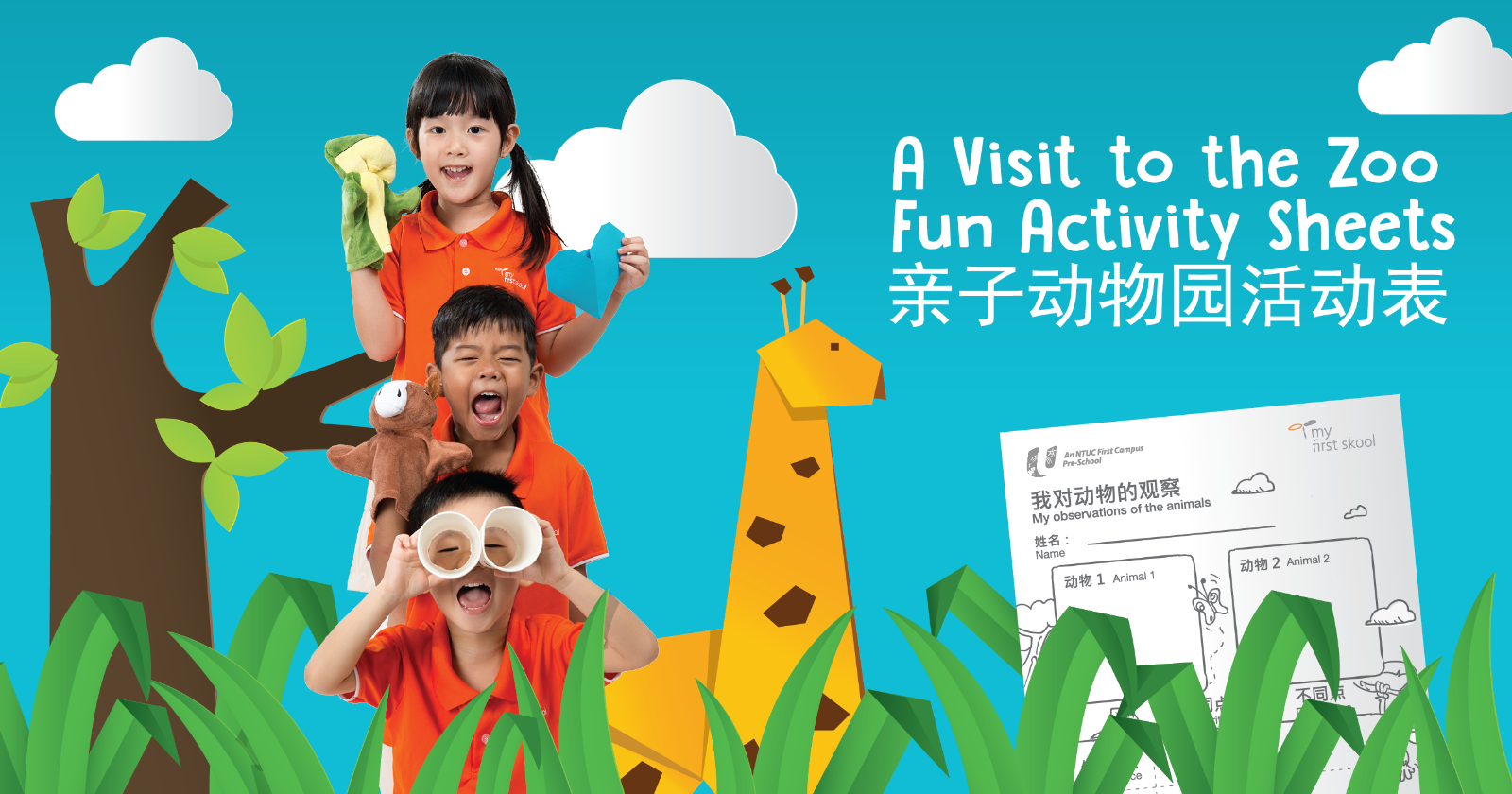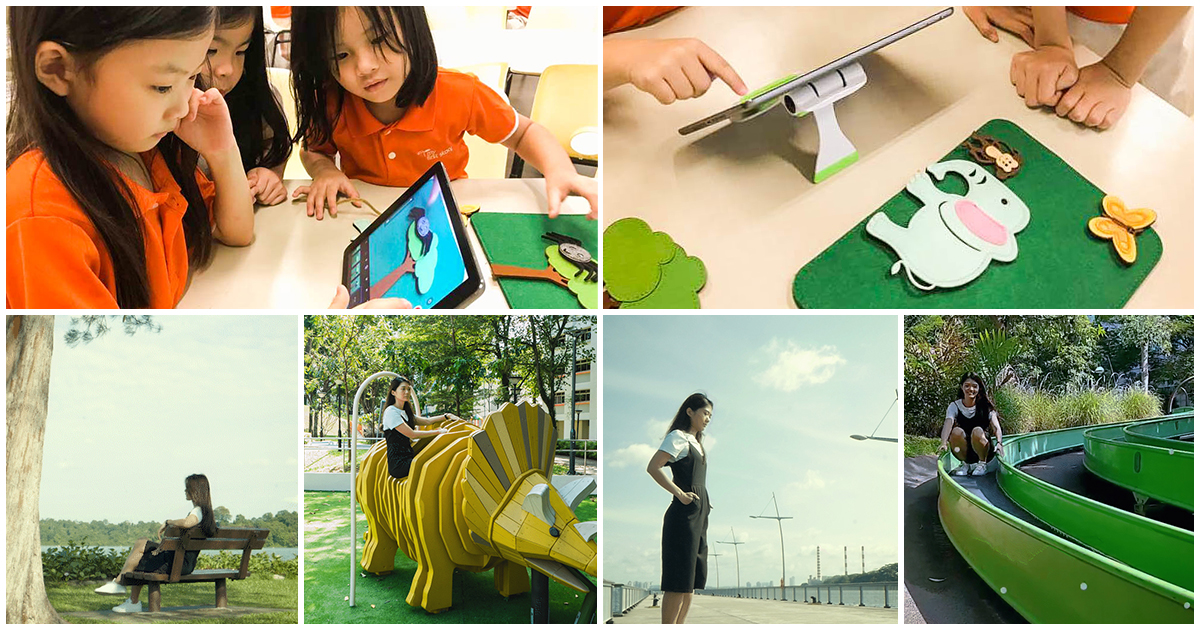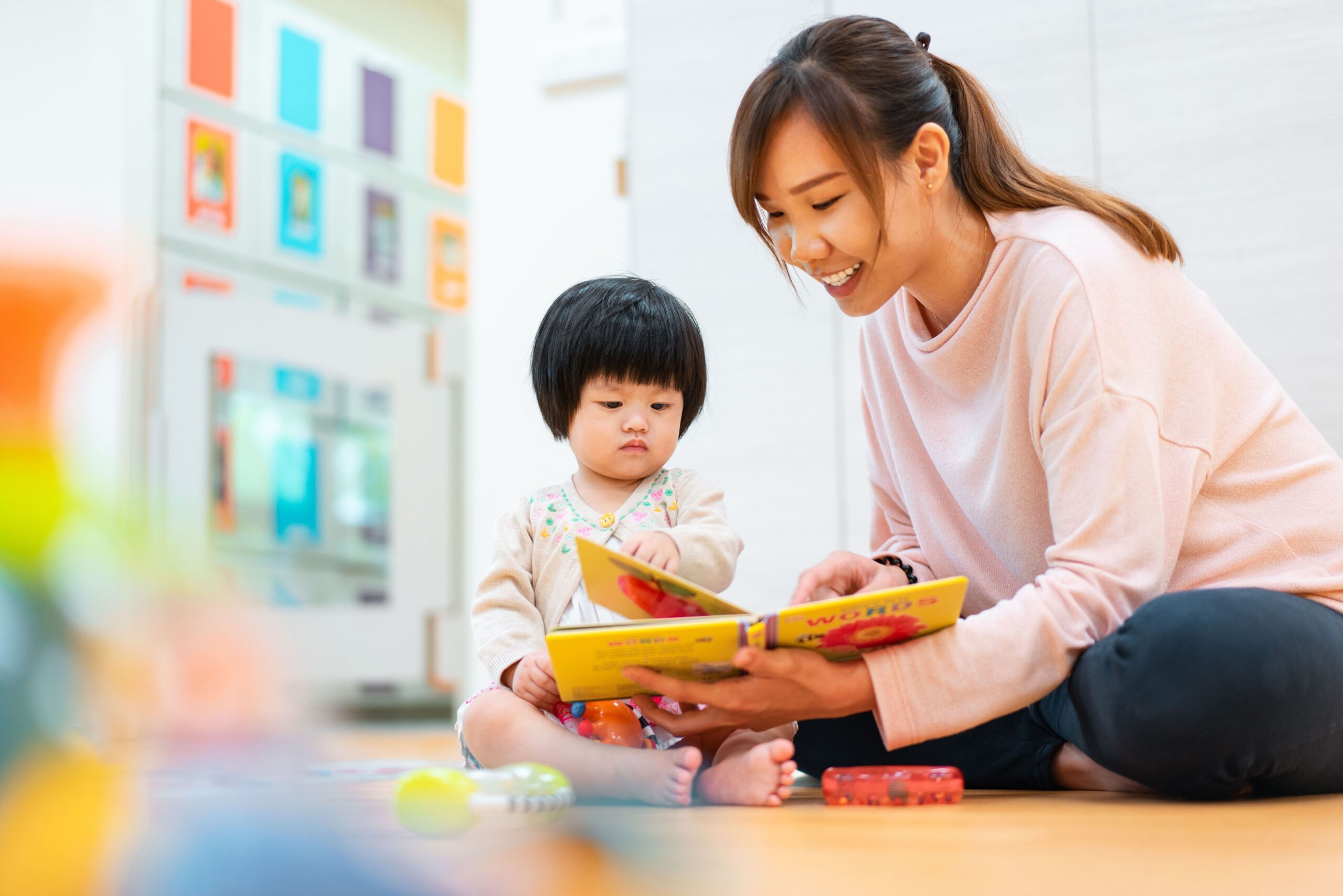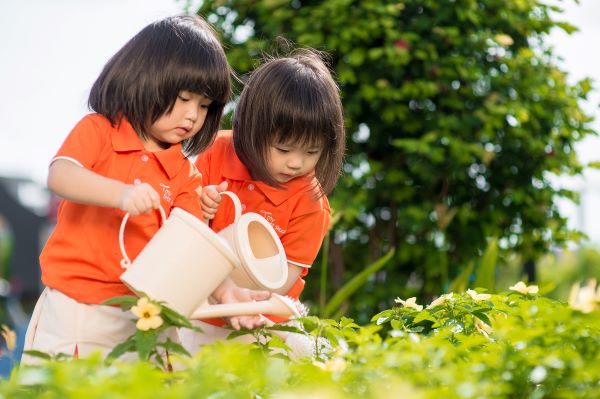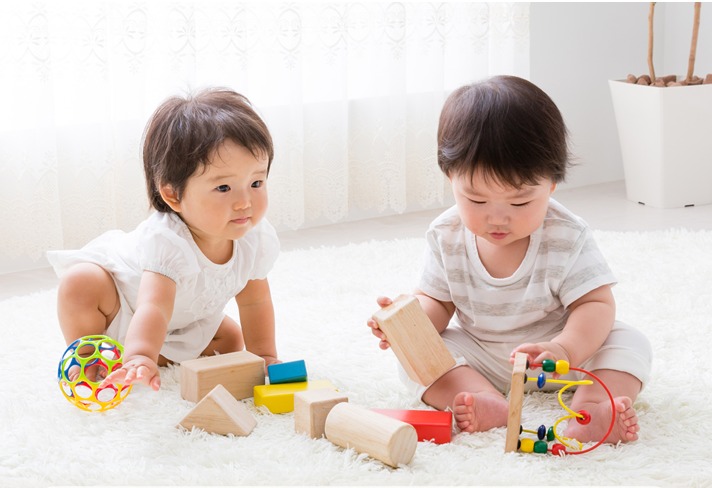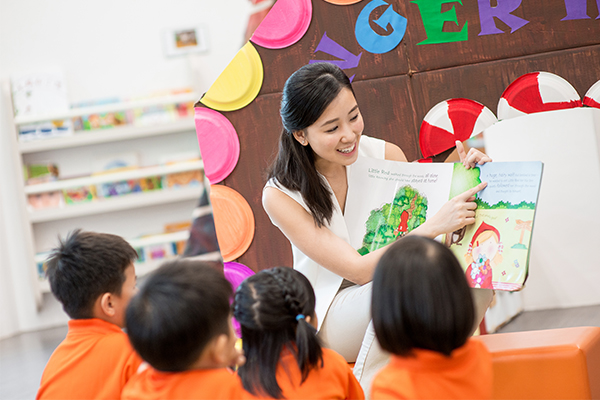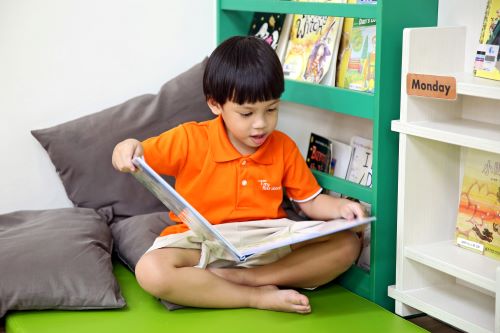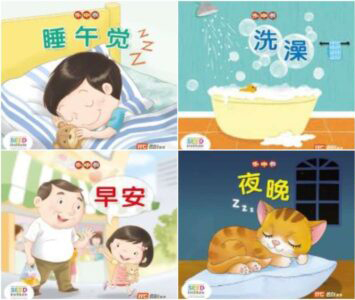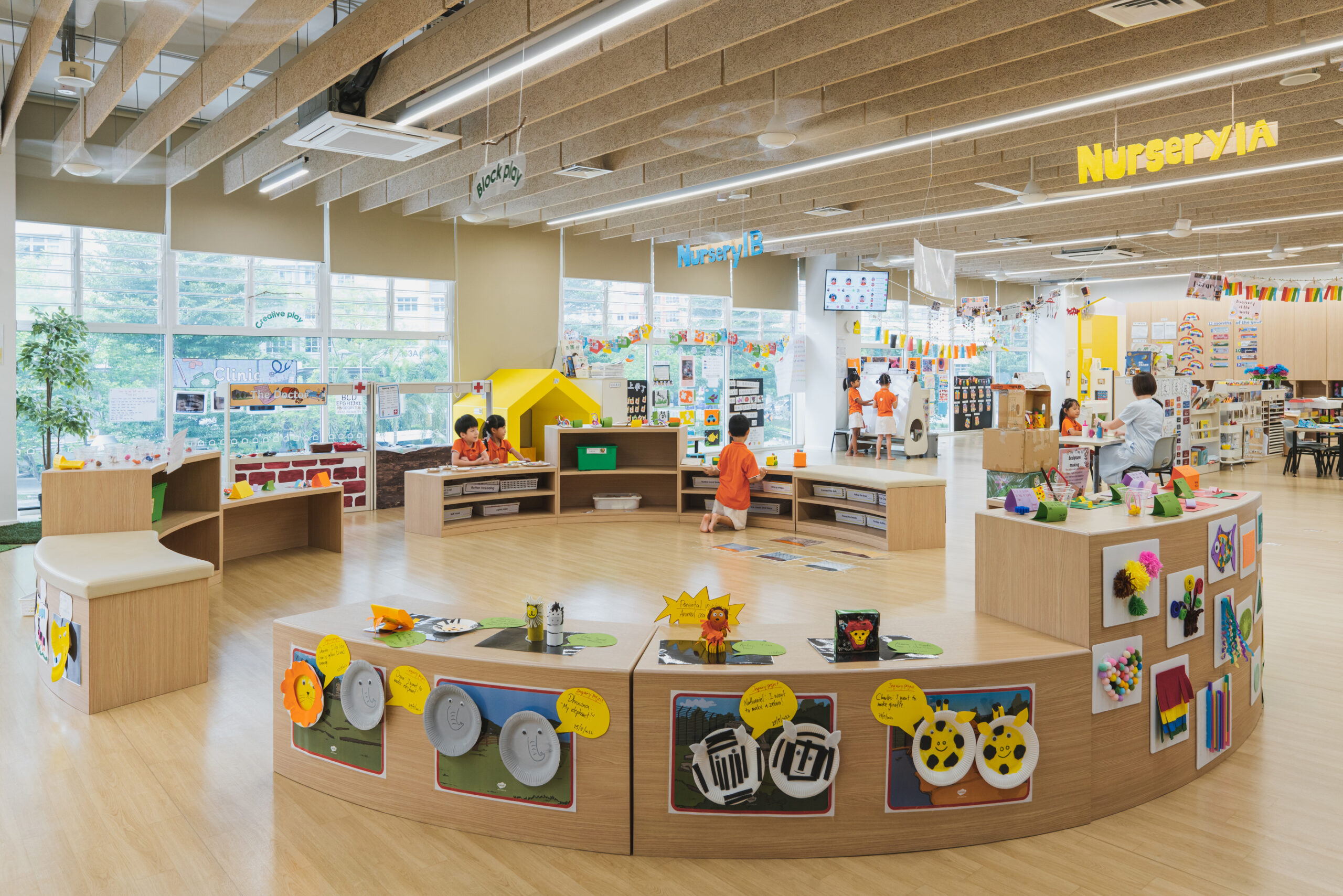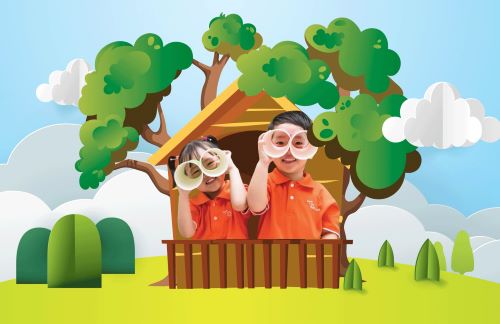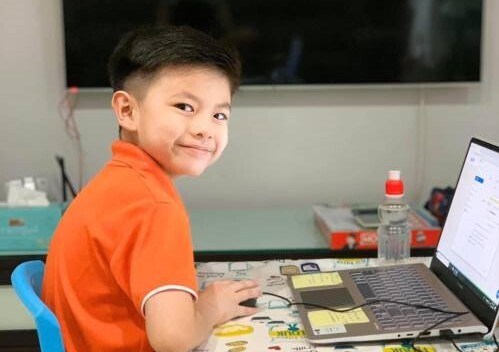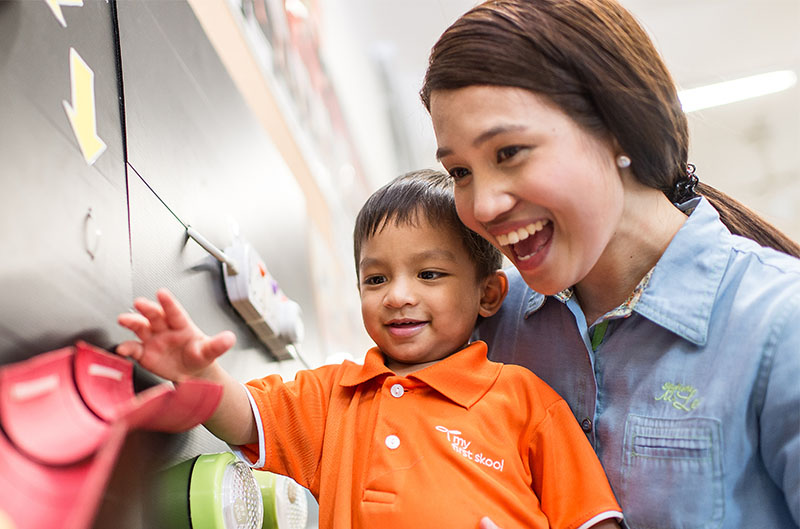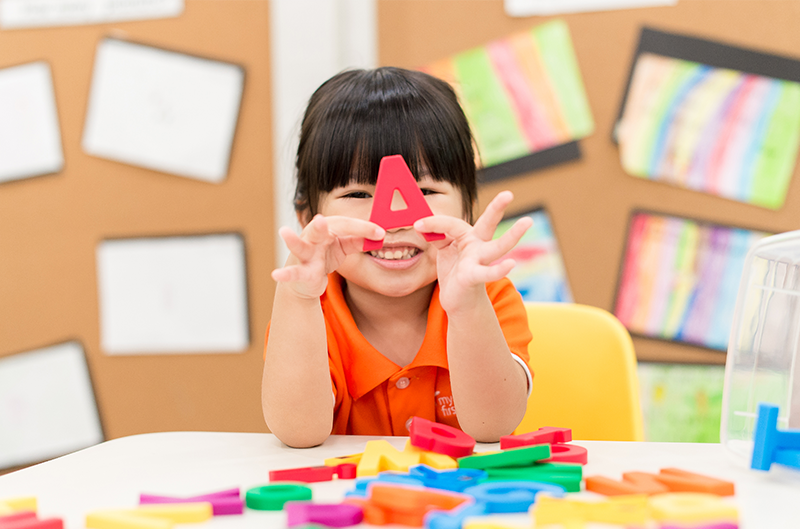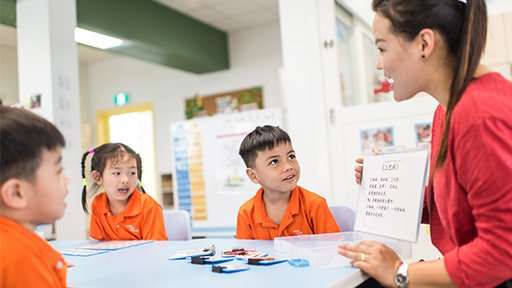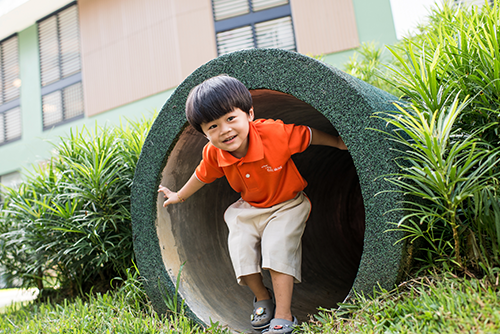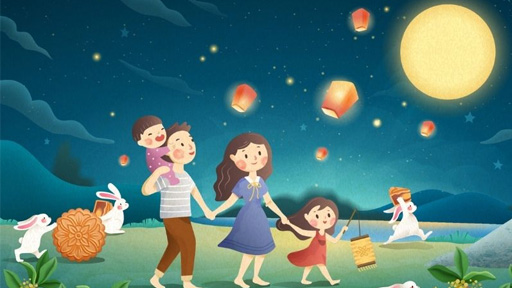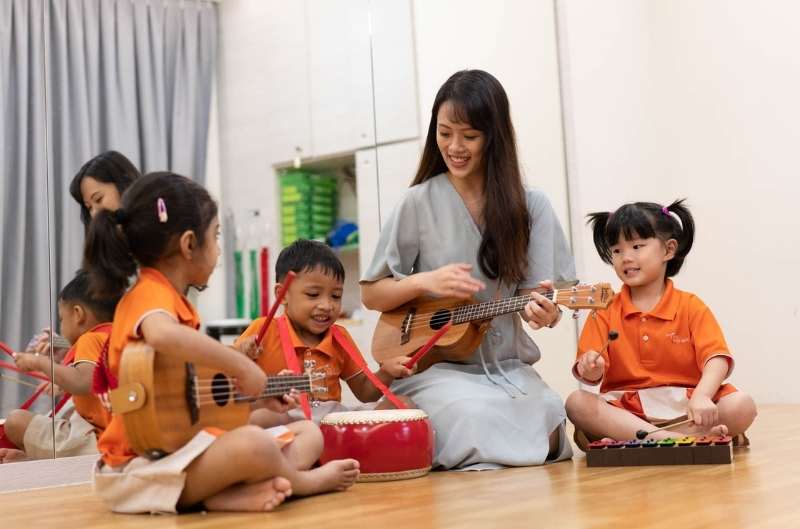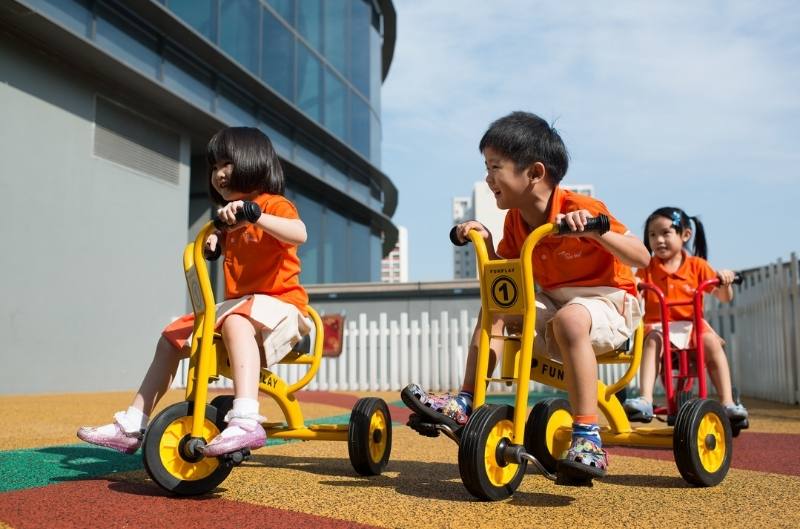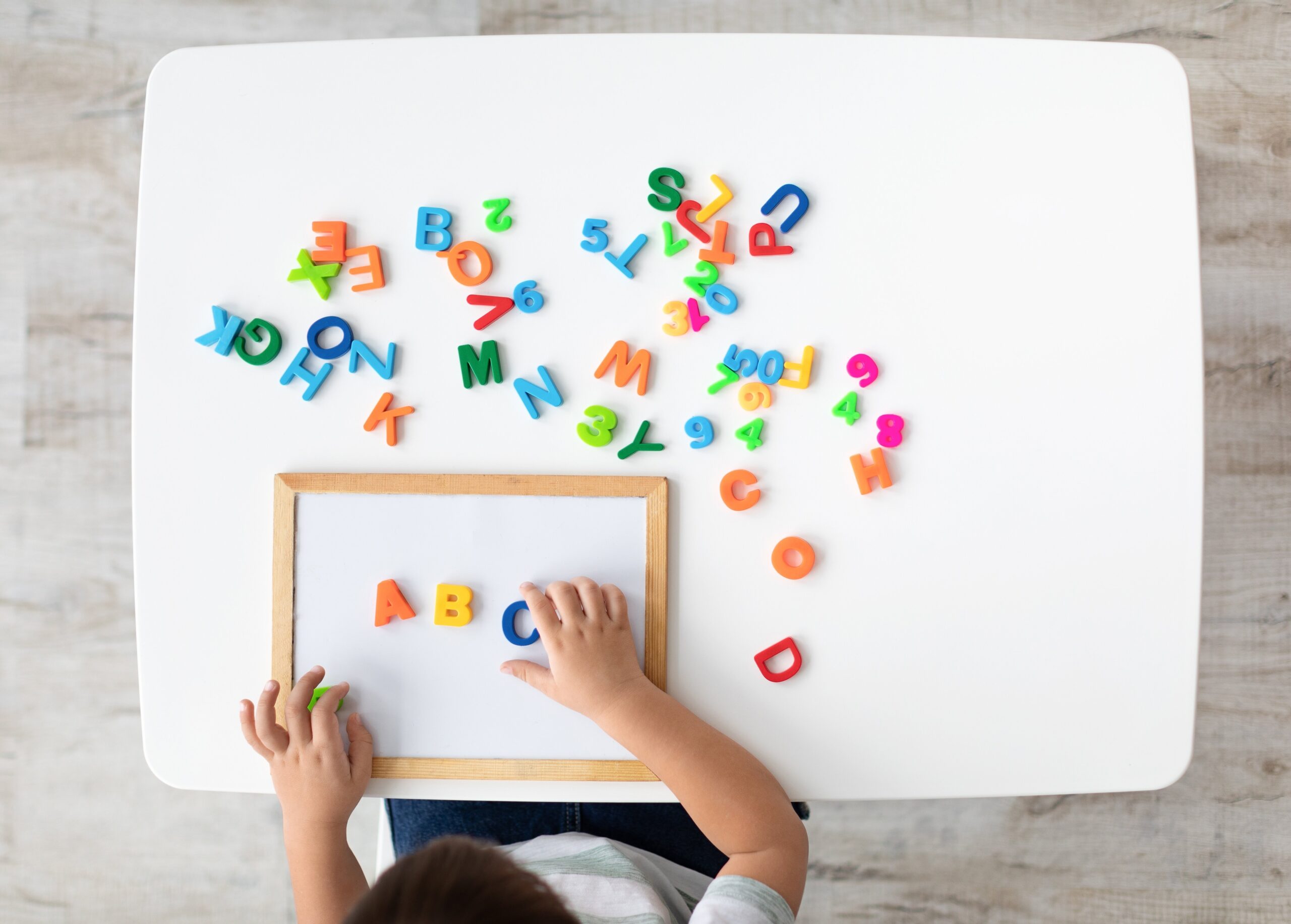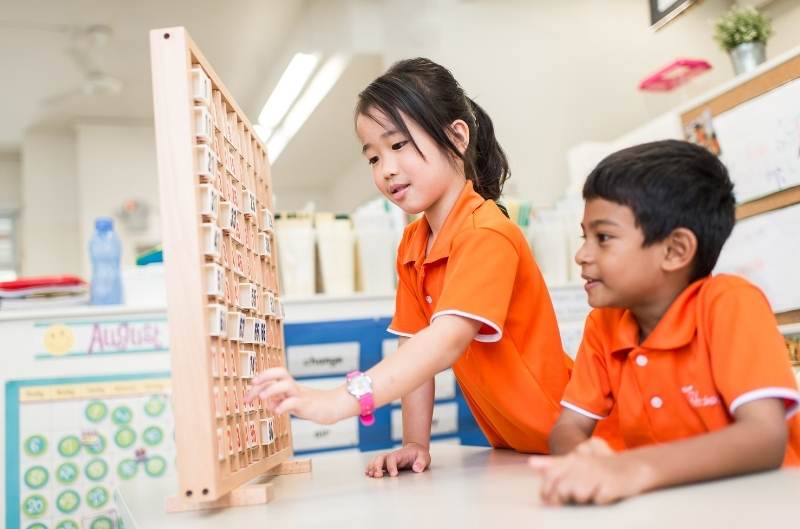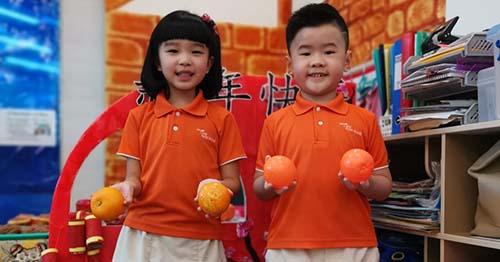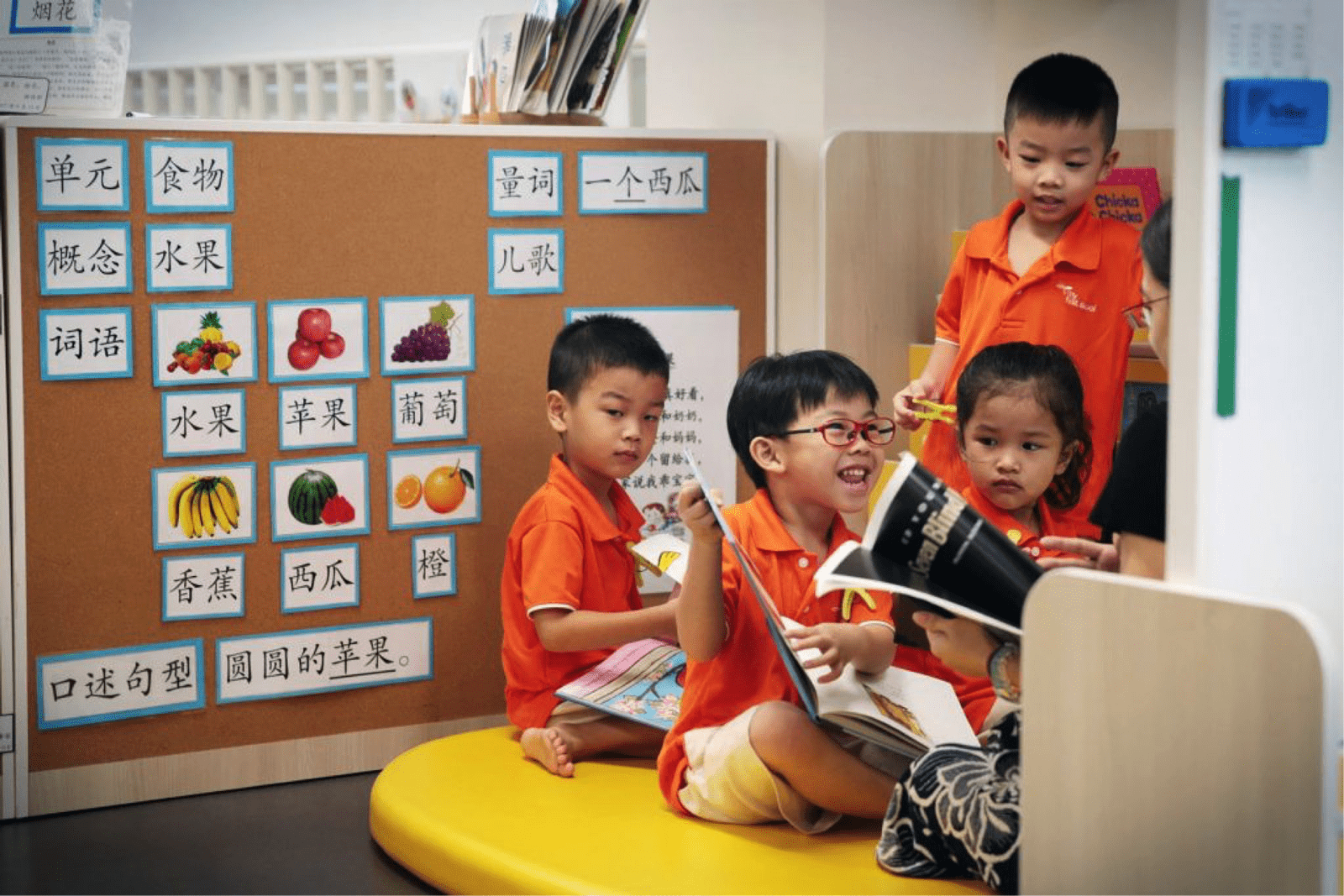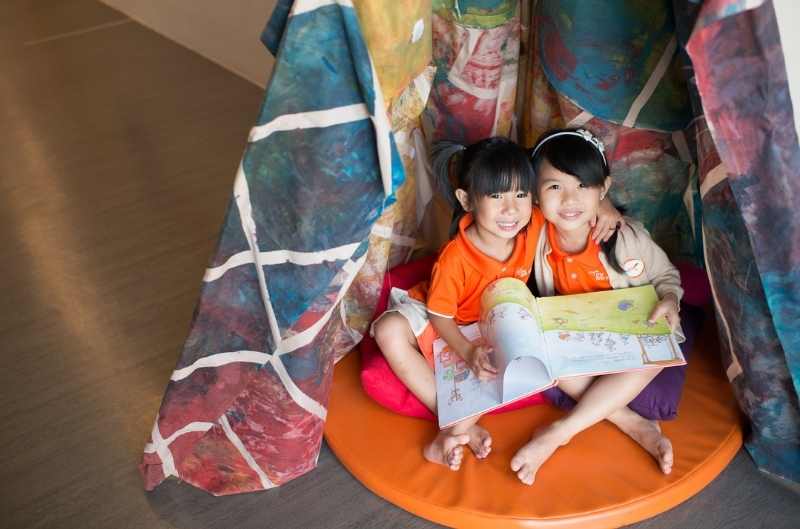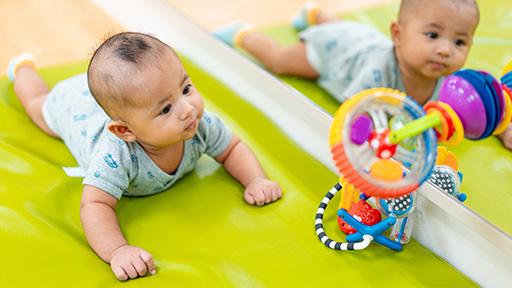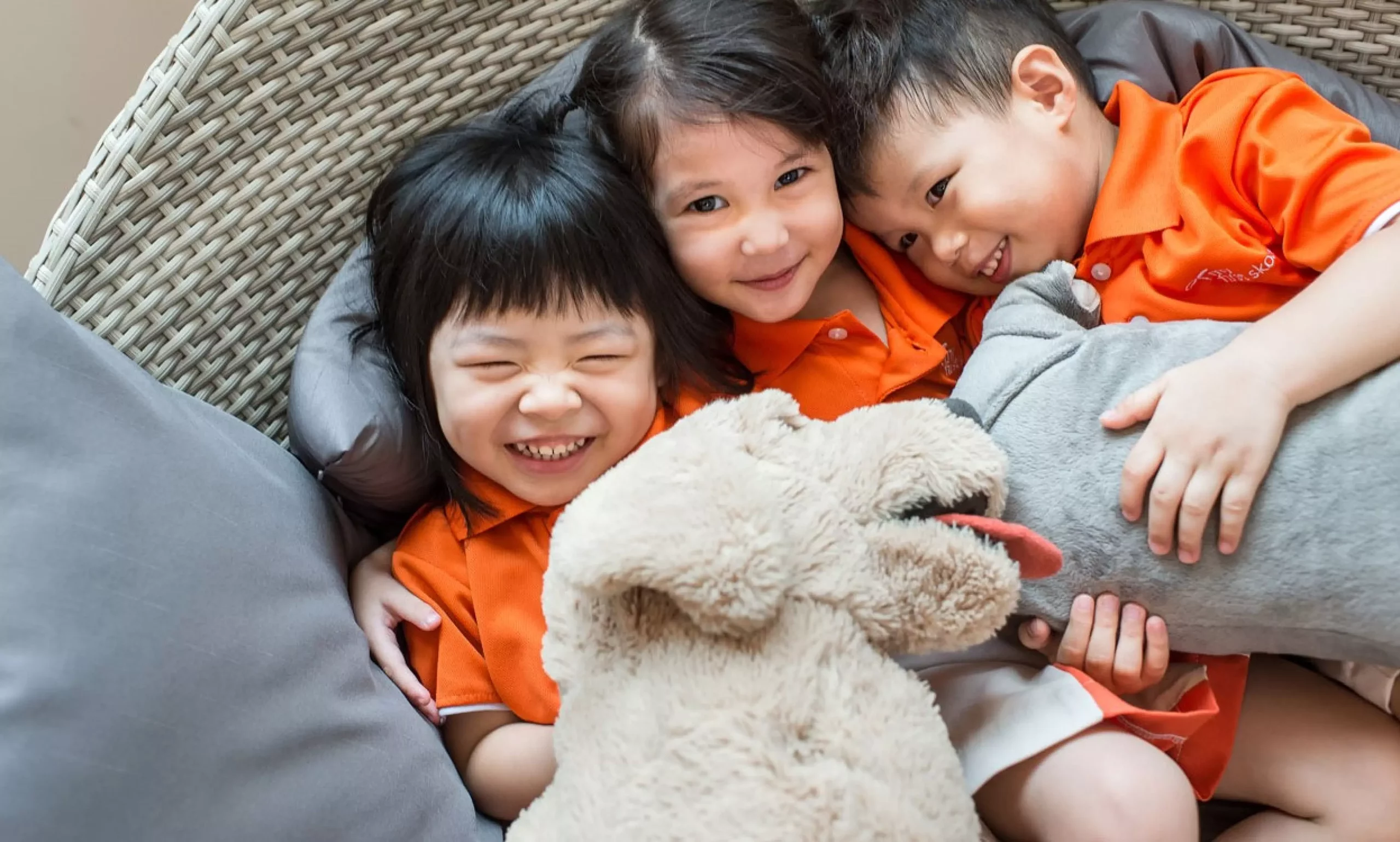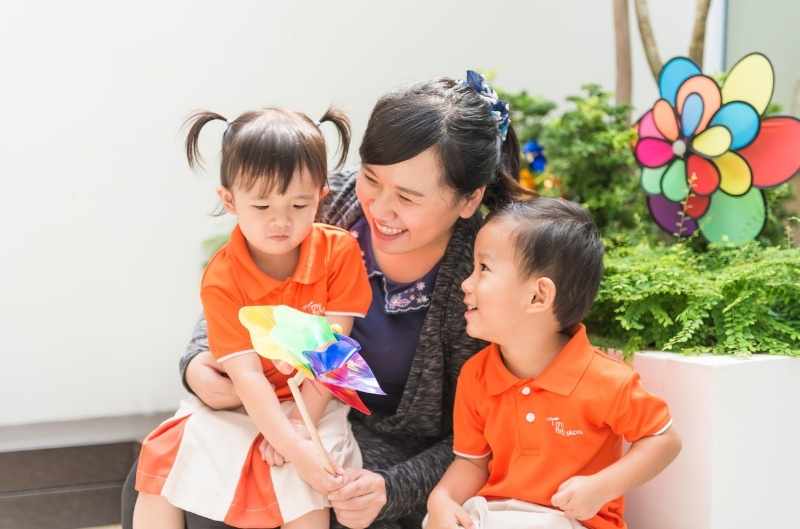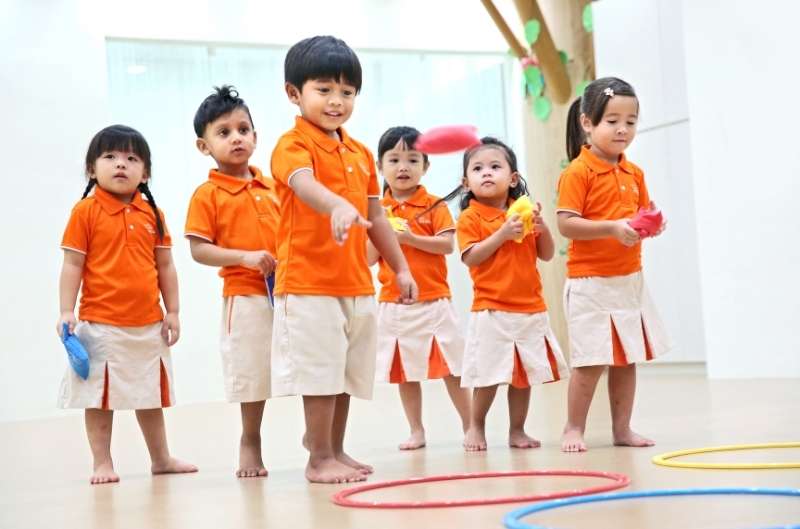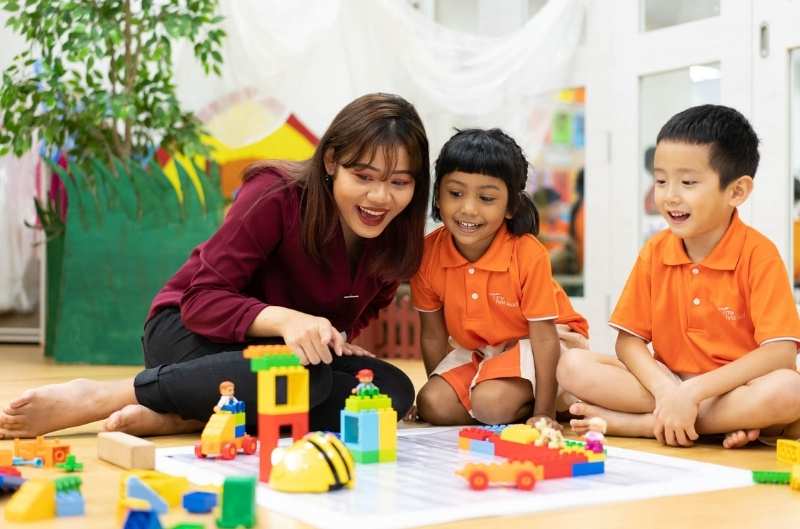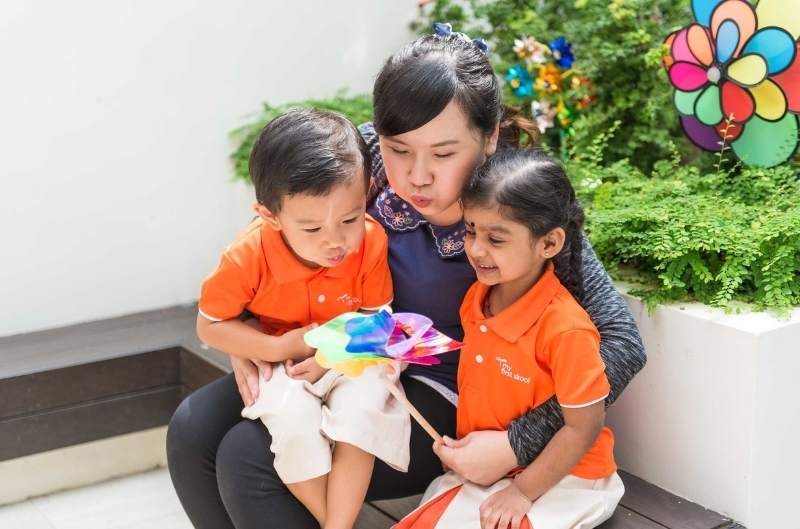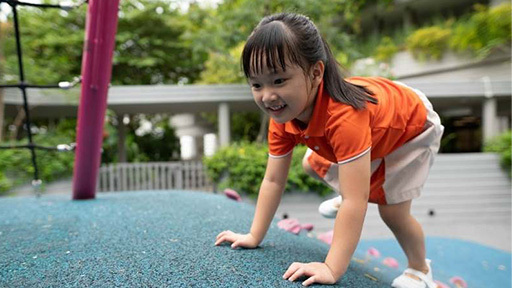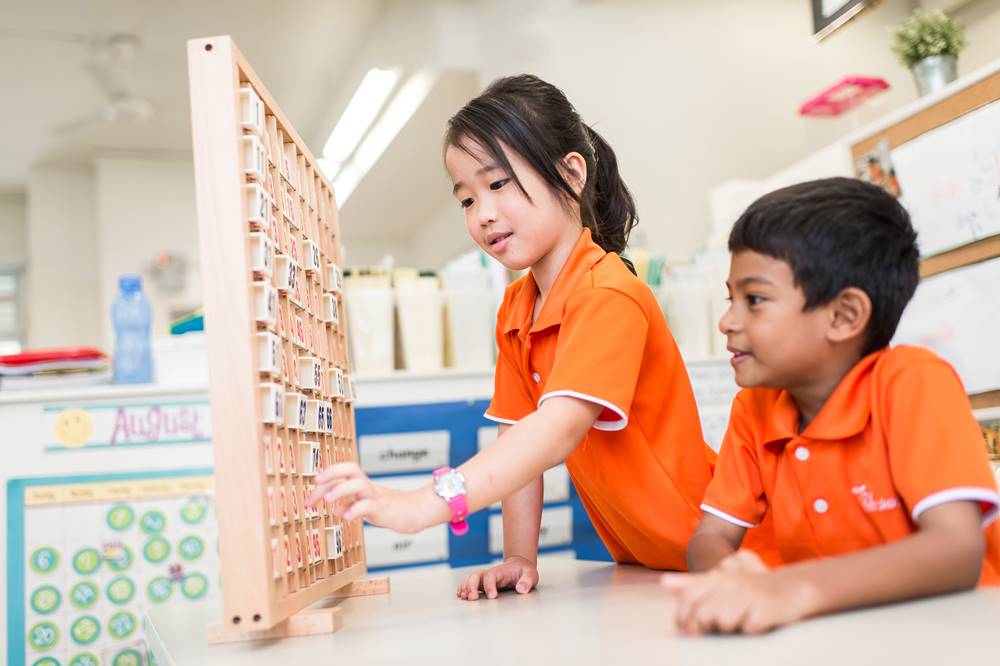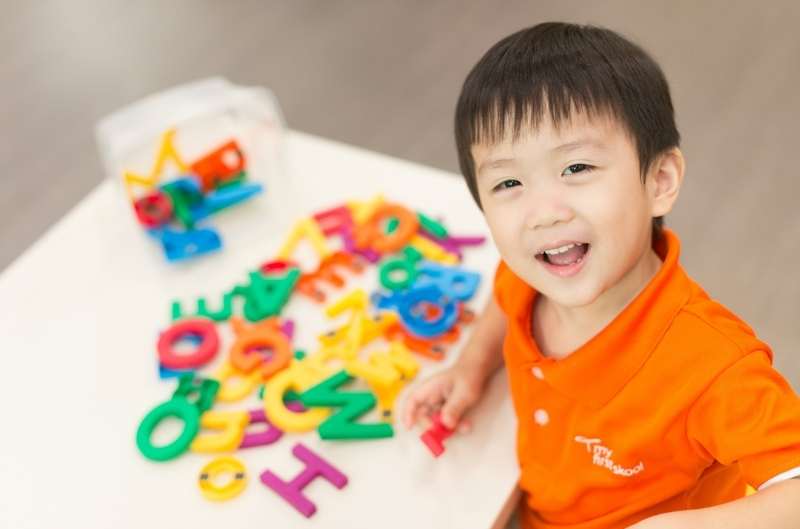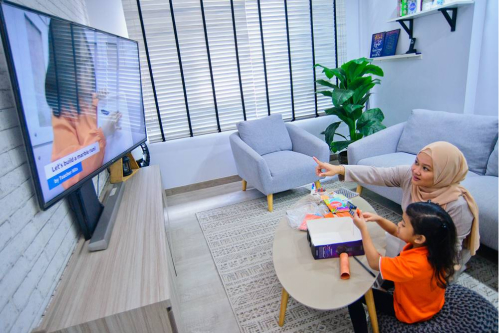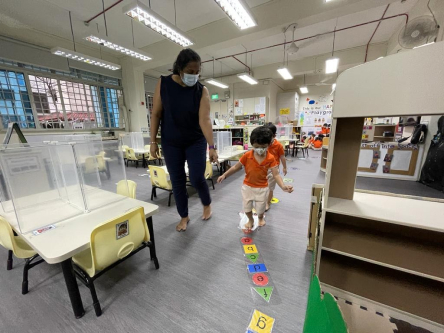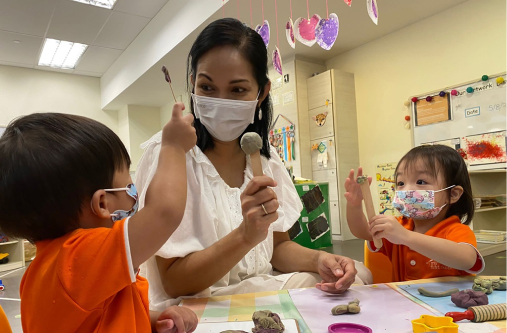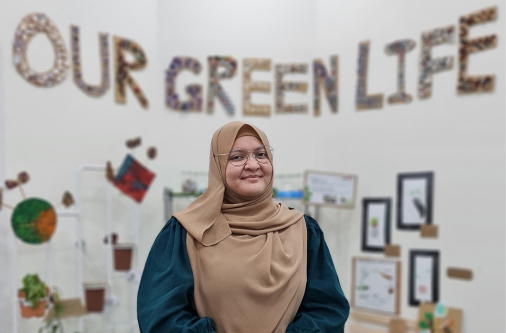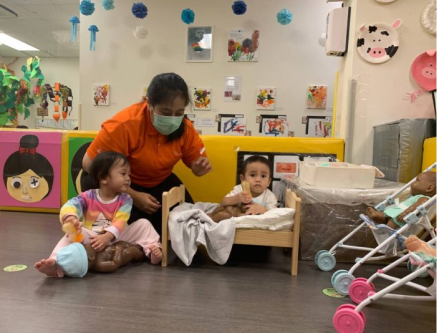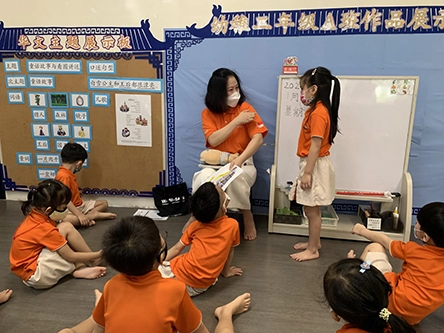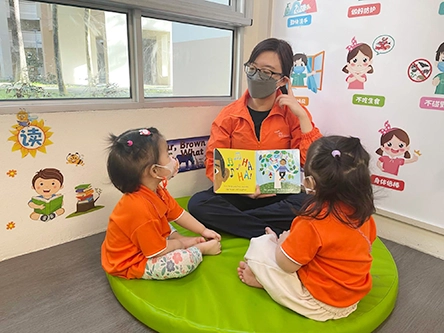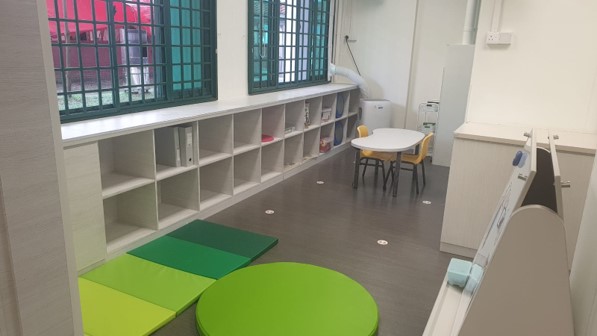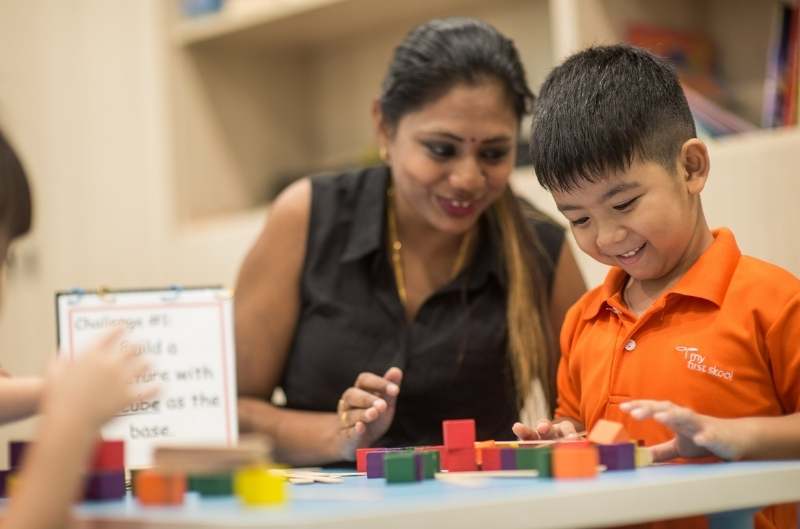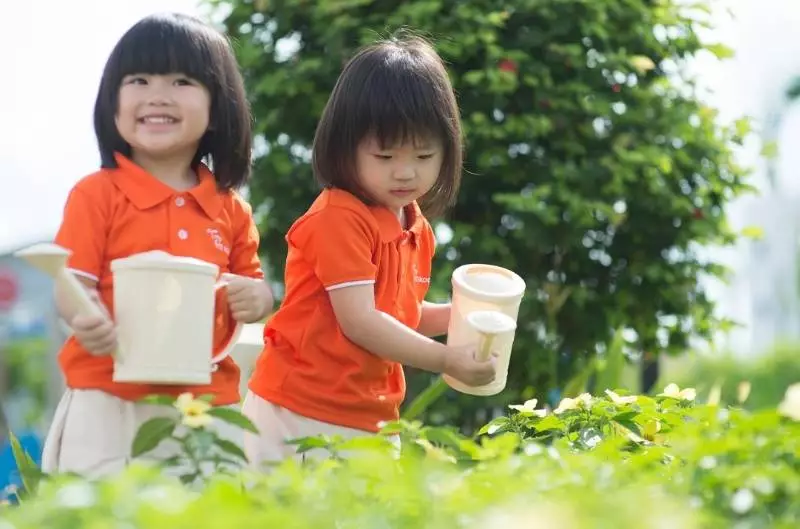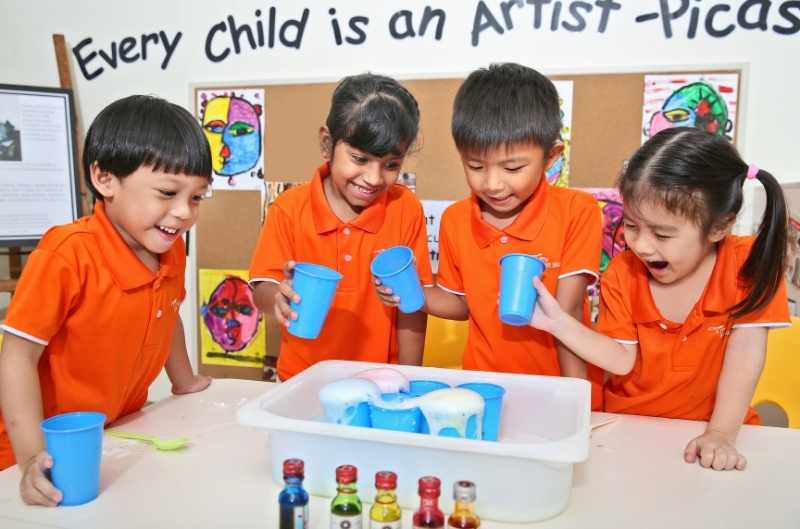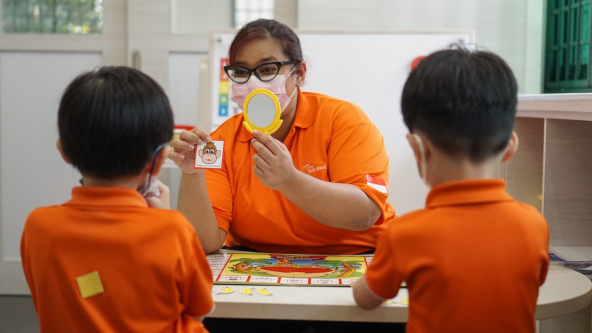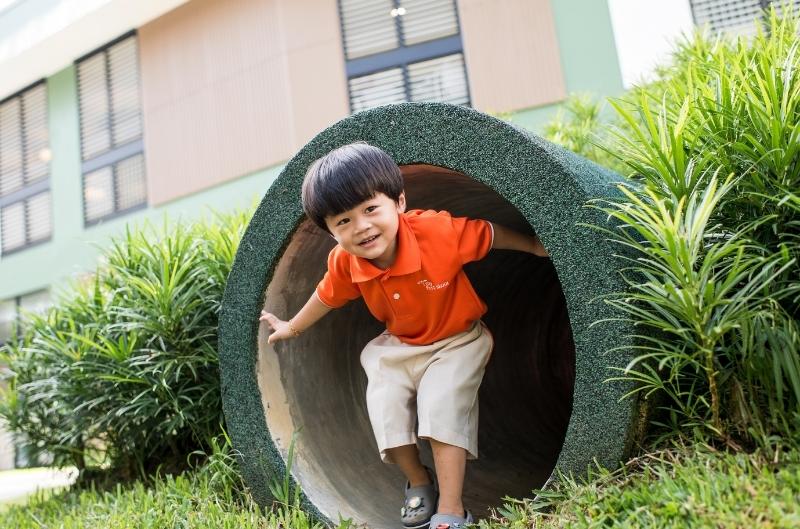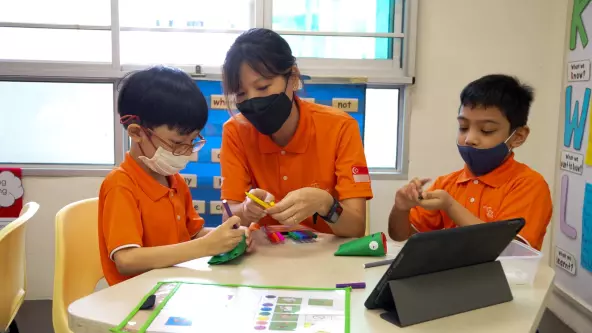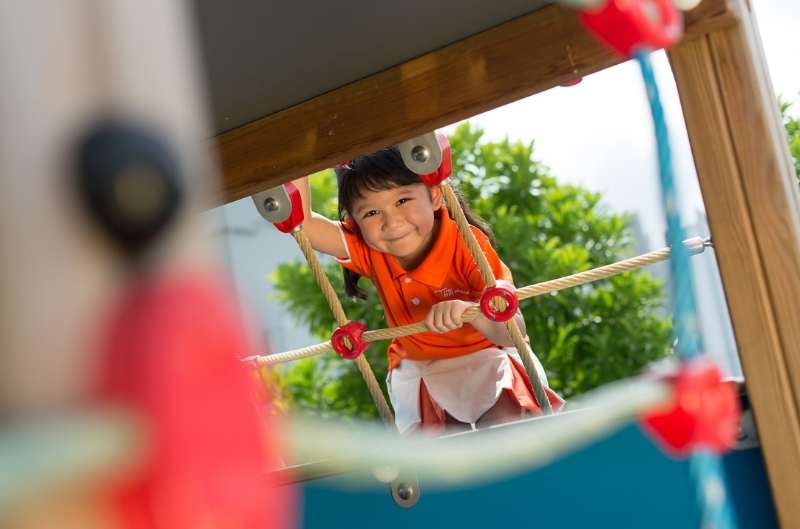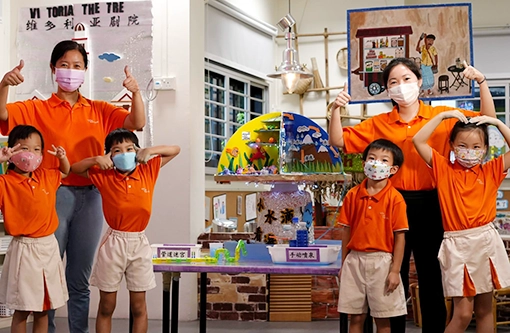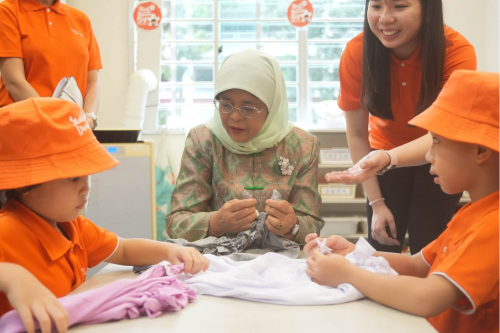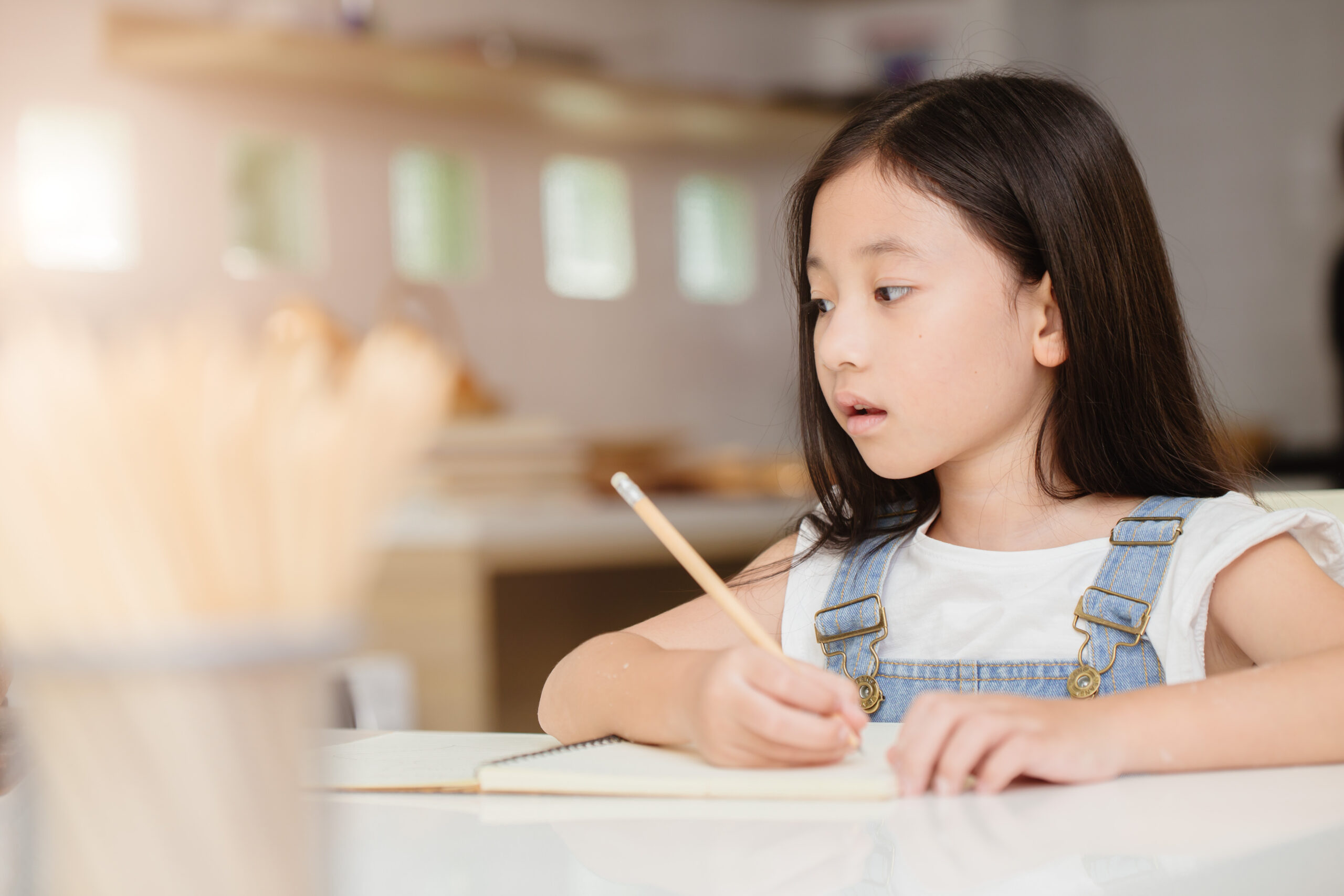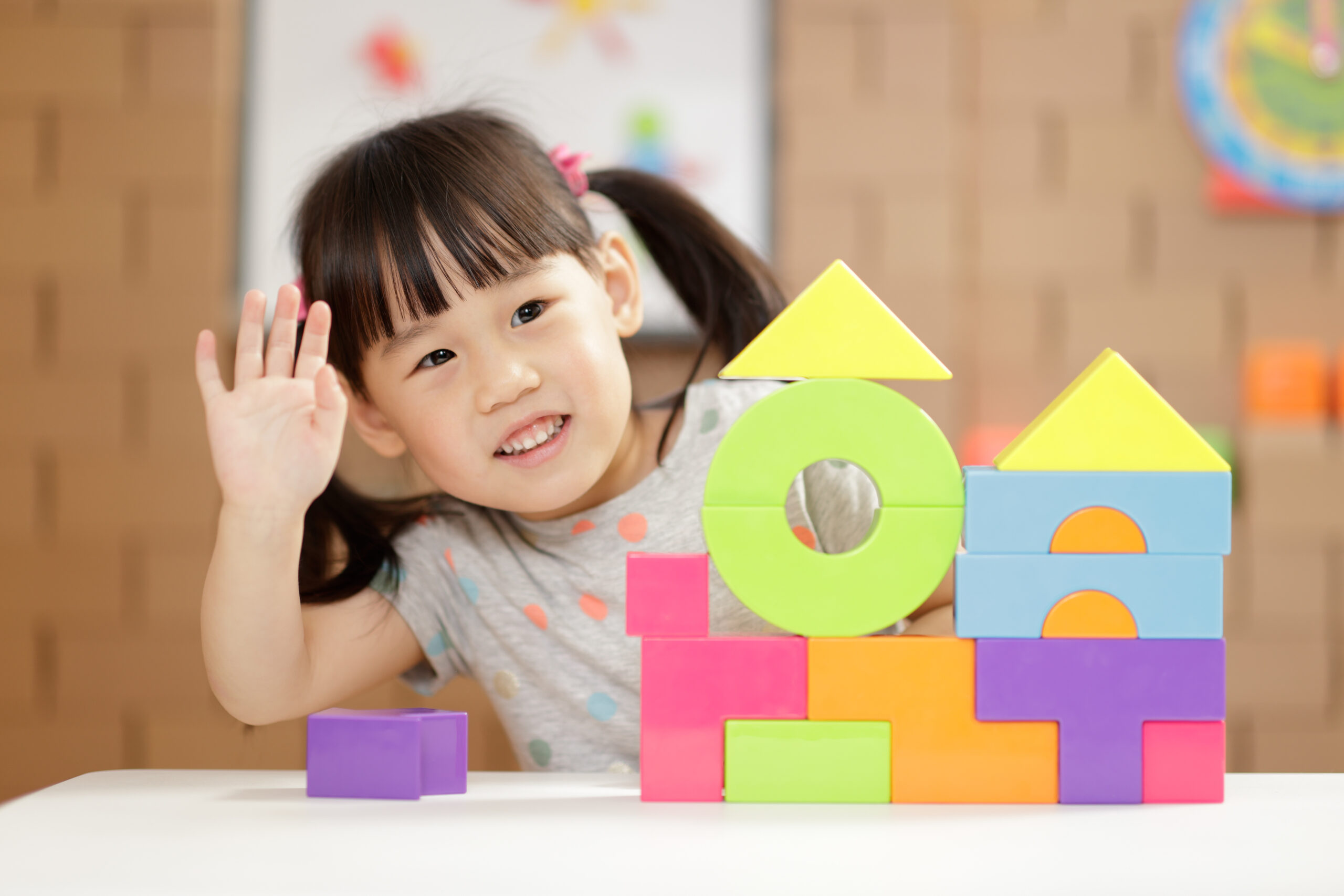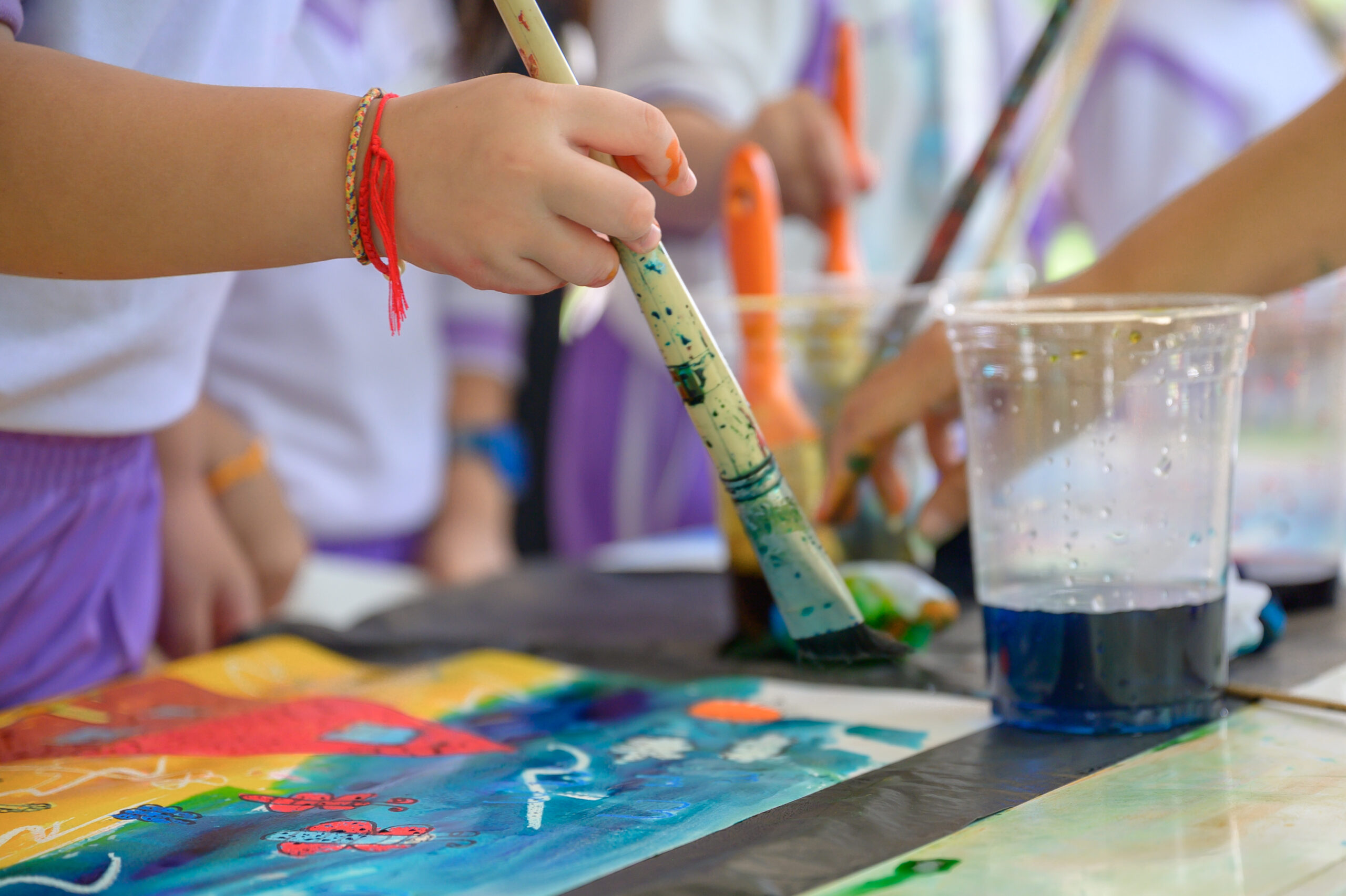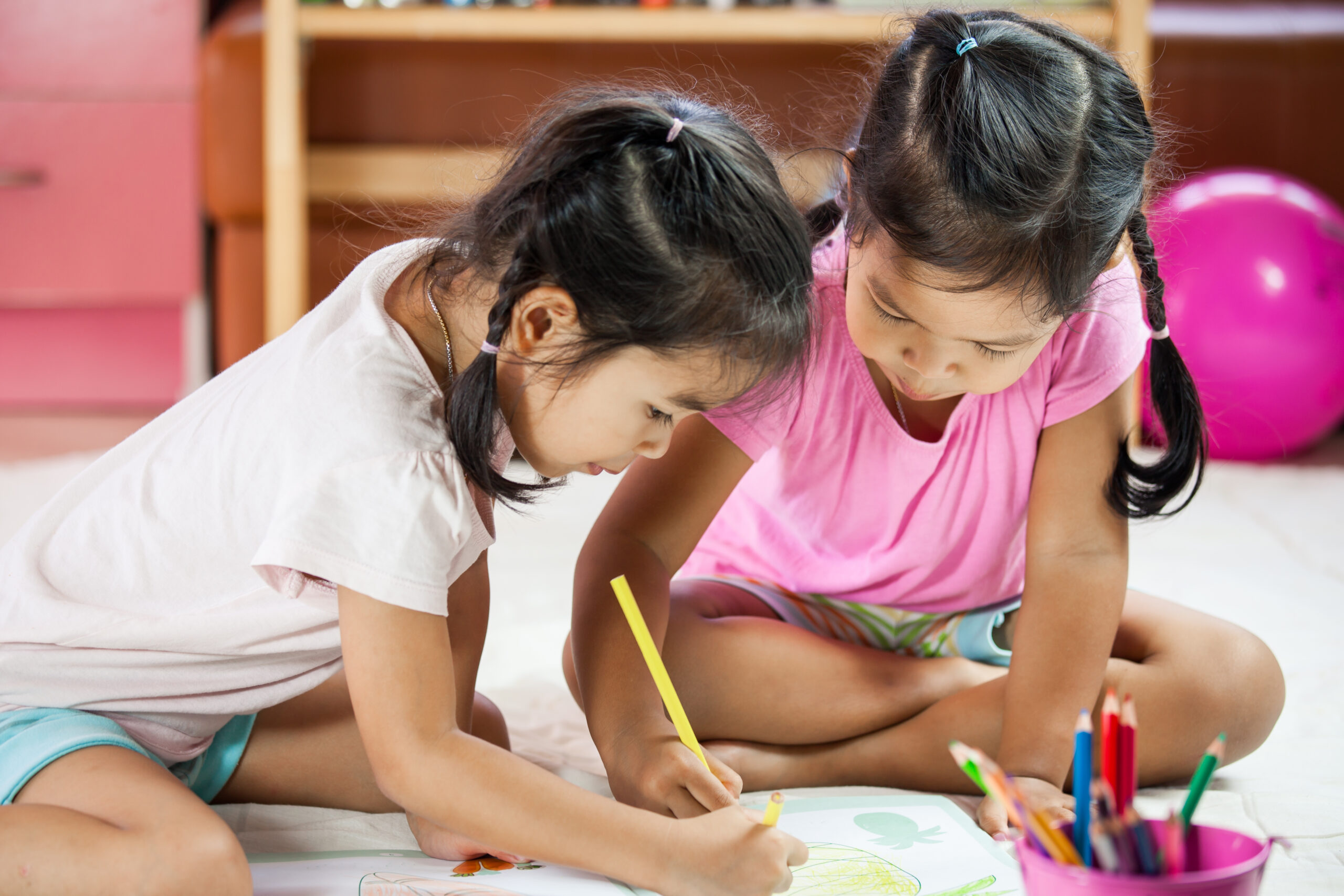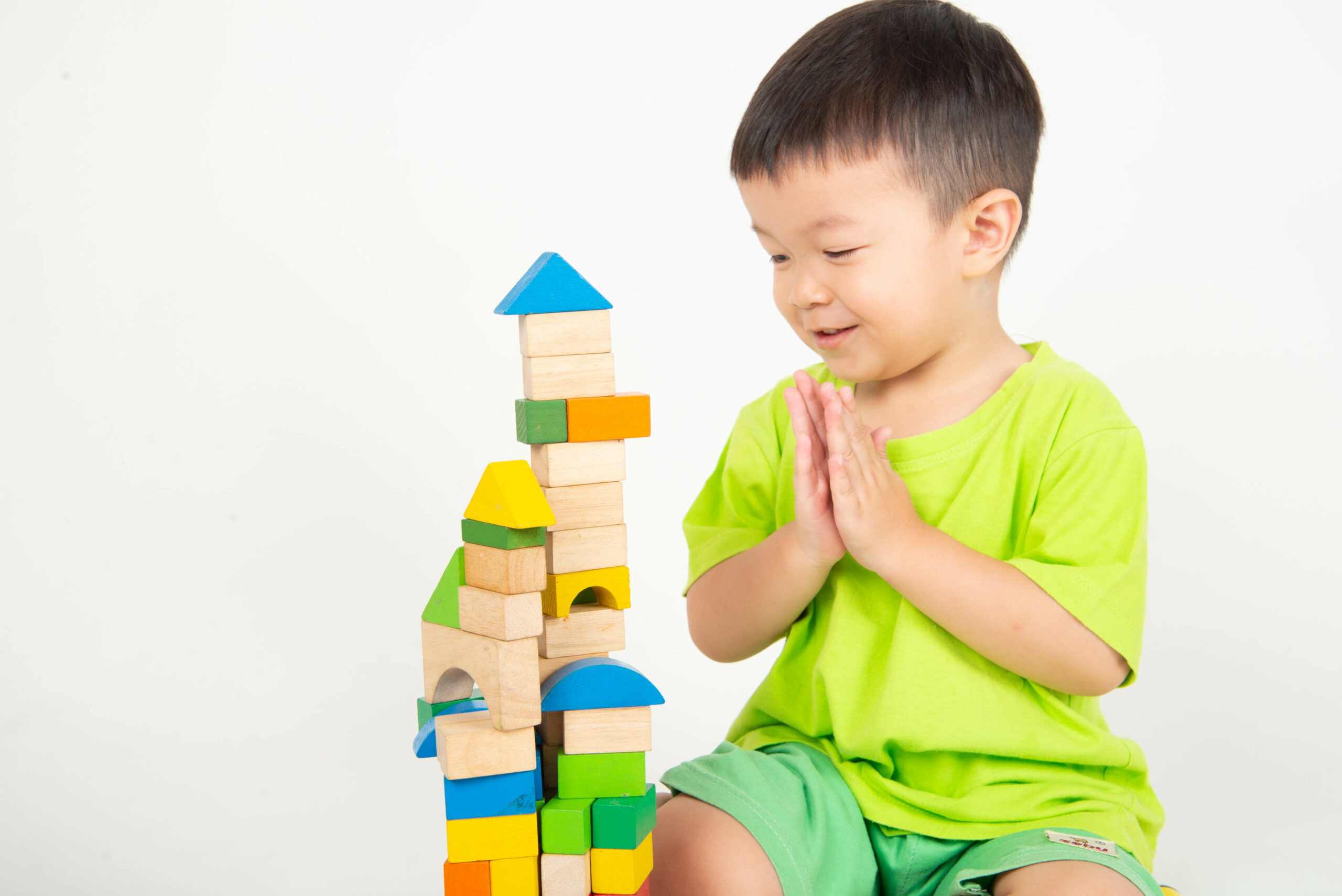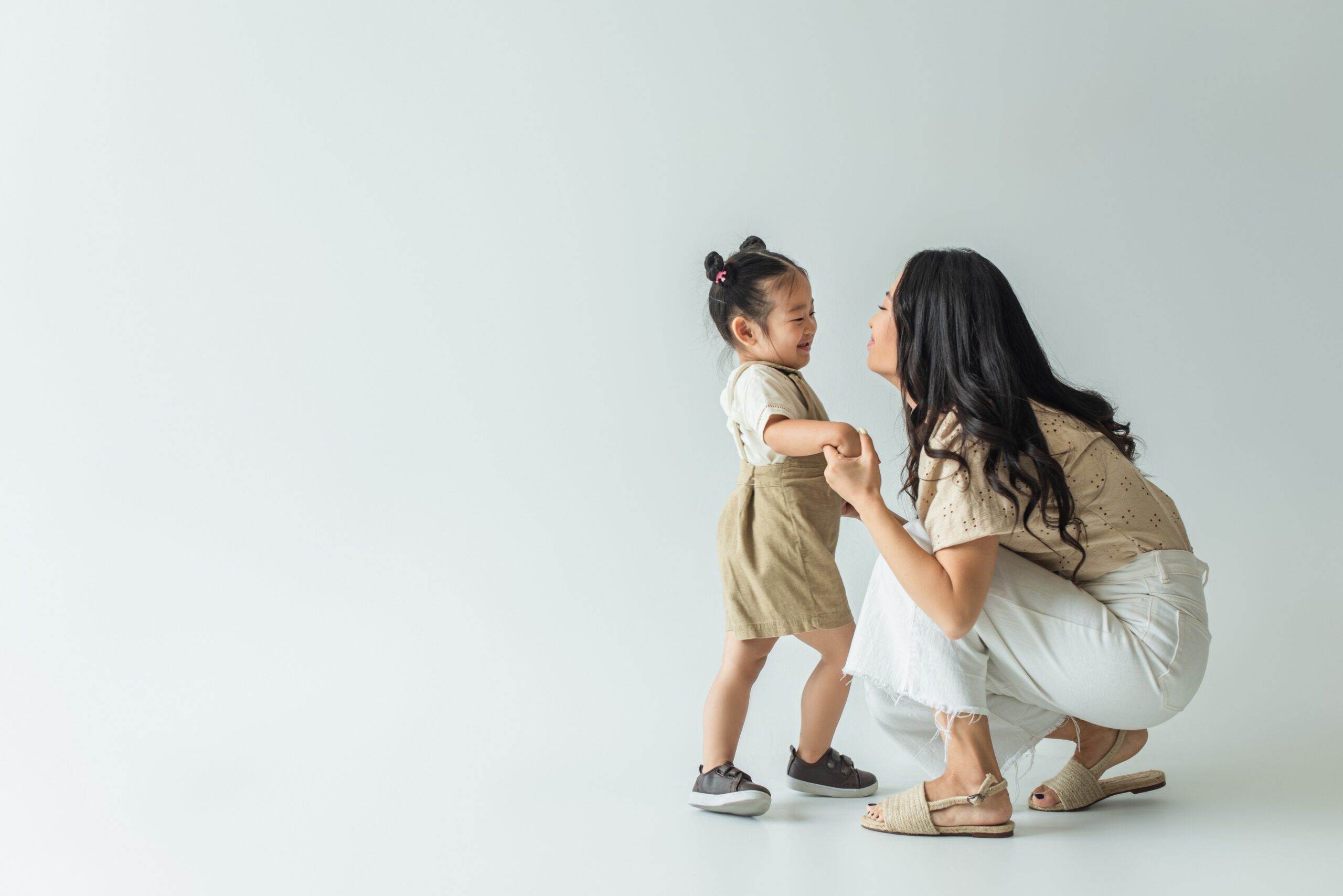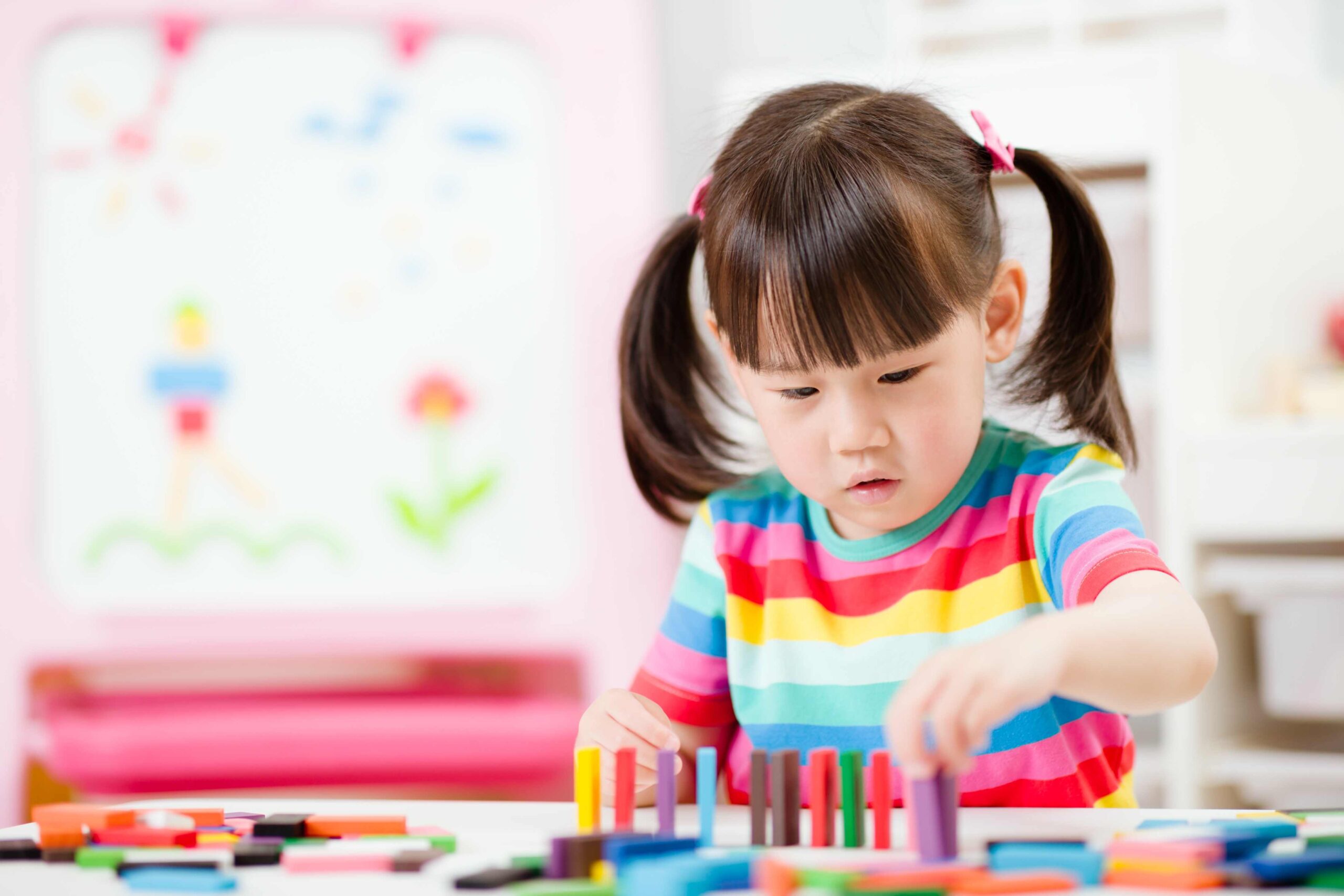How can we help?
Home-Based Learning? 20 Amazing Children’s Books that Develops a Child’s Mind
Positive Parenting
Scroll down to book list to listen to the audio books!
Covid-19 Circuit Breaker measures have started in Singapore. During this period where many of us are working from home, one great way to help our children occupy their time while enriching their minds is through books!
For parents with younger children, take the opportunity to bond with them by reading to them. For older children, parents can encourage them to read the books by themselves, and then discuss the stories they have read, and what the lessons contained in them mean to them. One beautiful ‘side-effect’ of this of course is that parents will get an opportunity to spend quality time with their children to communicate and know them better.
Don’t underestimate the power that lies behind reading a storybook. That seemingly simple act does amazing things when it comes to developing your children’s minds!
The Benefits of Reading a Storybook
- Promotes brain development and encourages imagination
- Develops oracy skills
- Builds strong literacy ability / skills
- Helps build strong bonds
- Nurture a love for reading
- Increases knowledge
Record your own audio books and send in to us!
Recently we had a chance to speak with My First Skool parents, and they shared some of their child’s favourite titles. If you’re keen to start your own reading journey with your children at home, read on for some of our My First Skool ’s parents favourite book titles to get you started.
Our team of parents enthusiasts has also chipped in with their audio clips for some of the books to share with you during the challenging circuit breaker period so you can let your child tune in while you are working from home. Do check back continuously as we upload the audio books in the list.
If you would like to contribute your own audio clips for any children storybooks (0-6 years old), do send them in at [email protected] and we will be able to do some special editing before we upload and share with the other parents!
20 Great Books To Read
Here we go:
1. That’s Not My Lion (0 – 3 years old)
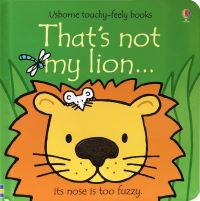
Synopsis: That’s Not My Lion lets children discover their special lion. Stroke a fuzzy nose. Rub a shaggy mane. Tug a scratchy tail. Stroke heaps of brave lions as they prowl around the jungle in a touchy-feely feast of lion fun!
Why This Book Is Good: This sensorial book lets children explore different textures and are awesome for helping children to discover different types of senses.
Listen to audio book
2. Don’t let the pigeon drive the bus! (0-3 years old)
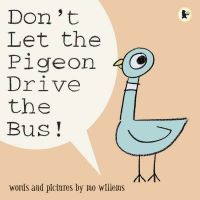
Synopsis: Don’t Let Pigeon Drive The Bus is about a bus driver who has to leave so he asks the reader to not allow the pigeon to drive the bus. The pigeon tries many excuses and tries to finagle readers into letting it drive the bus.
Why This Book Is Good: This is a fun book for your young children to read. It gives them a chance to finally say NO to something.
Listen to audio book
3. Brown Bear, Brown Bear, What Do You See? (0 – 3 years old)
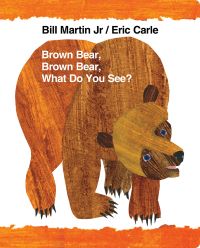
Synopsis: The narrator asks various animals what they see with the response usually being another animal. The respondent is then asked what they themselves see, and the process is repeated. It features a Brown Bear, a Red Bird, a Yellow Duck, a Blue Horse, a Green Frog, a Purple Cat, a White Dog,a Black Sheep, a Goldfish, and Children.
Why This Book Is Good: Using simple repeated factual phrases, Brown Bear, Brown Bear, What Do You See? Teaches colors and introduces different animals to children.
Listen to audio book
4. Where’s Spot? (0 – 3 years old)
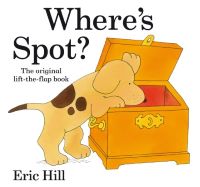
Synopsis: A mother dog finds eight other animals hiding around the house before finding her lost puppy.
Why This Book Is Good: One of the best ever lift-the-flap books that teaches vocabulary, prepositions, answering yes/no questions, concepts like big/little, and in/out.
Listen to audio book
5. We Are Going On A Bear Hunt (0 – 3 years old)
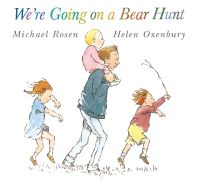
Synopsis: Stan, Katie, Rosie, Max, an unnamed baby and Rufus the dog decide to go on an adventure in search of bears. The verses of the story are repeated; observations and vocabulary are age and developmentally appropriate.
Why This Book Is Good: This is a superb book for developing children’s imagination. There are many different activities that can be created by using the book and children will love them all.
Listen to audio book
6. Indestructibles: Baby Faces (0 – 3 years old)
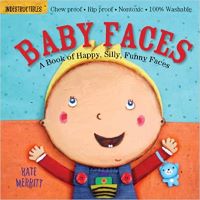
Synopsis: Share Baby’s many moods in a book that’s indestructible. Features different faces babies make when having different emotions. Baby can make the same expressions to help recognize common expressions.
Why This Book Is Good: Beloved by babies and their parents, Indestructibles are built for the way babies “read” (i.e., with their hands and mouths) and are rip proof—made of ultra-durable tight-woven material.
7. Dear Zoo (0 – 3 years old)
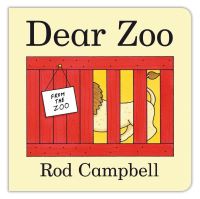
Synopsis: A child writes to the zoo for a pet and the zoo sends a series of unsuitable pets, revealed behind flaps in the form of crates and packing cases. These animals are all sent back for different reasons, except the last one, which is perfect!
Why This Book Is Good: This classic book’s flaps reveal all the zoo-dwelling creatures that just don’t work as pets, like a giraffe, an elephant and a lion. Children will get to learn about the different types of animals
Listen to audio book
8. The Very Hungry Caterpillar (0 – 3 years old)
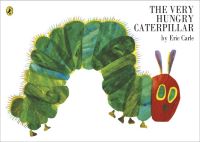
Synopsis: A small caterpillar emerges from an egg and begins eating everything in sight. Finally, it is no longer hungry and no longer small. The big, fat caterpillar builds a cocoon around himself and finally emerges as a beautiful butterfly.
Why This Book Is Good: This book teaches numbers and types of fruits. Families can talk about the caterpillar’s humongous appetite and his metamorphosis.
Listen to audio book
9. That’s (Not) Mine (0 – 3 years old)
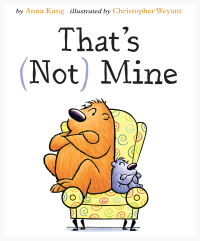
Synopsis: The two fuzzy creatures from You Are (Not) Small argue over a chair, each shouting ‘It’s mine!’ But they soon realise it’s better to play than to fight with your friend. In a simple, understandable way, it teaches about how each person’s perspective changes how they see things.
Why This Book Is Good: This book helps young children understand that not everyone sees/thinks about things the same as they do.
10. Press Here (0 – 3 years old)
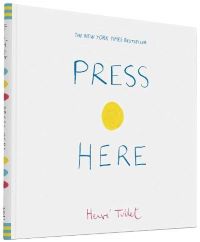
Synopsis: An interactive picture book containing coloured dots which invites the reader to use their imagination. When the reader rubs the dots, they change colour; tilts the book and the dots slide around presenting a colourful array of images.
Why This Book Is Good: Each page offers a new direction to press, turn, rub or shake (and more!), which helps improve their gross motor skills.
11. Chicka Chicka Boom Boom (4 – 6 years old)
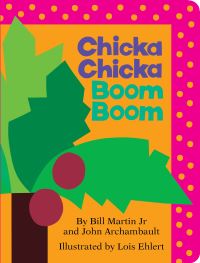
Synopsis: The book begins with the letter A telling the letter B and B telling the letter C to meet “at the top of the coconut tree”. The letters, in alphabetical order, begin to climb the tree.
Why This Book Is Good: The fun sing-song rhymes introduce your little one to the alphabet as all of the letters try to climb up a coconut tree.
12. A Celebration Of Children Everywhere (4 – 6 years old)
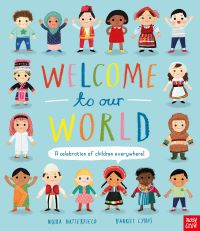
Synopsis: Children all over the world are very different, but they also have much in common. In this beautifully illustrated book, young children can learn all about what people in other countries eat, wear and play, and how they speak and celebrate.
Why This Book Is Good: The book features cheery illustrations, teaches different languages, and introduces children to the world and different races.
13. A Friend Like You (4 – 6 years old)
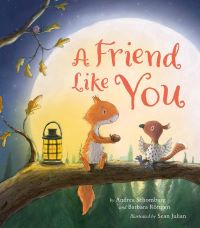
Synopsis: Squirrel and Bird are very different. One likes nuts, and the other likes worms! But both of them are happy to try something new. And together, they make the very best of friends. A beautiful tale of an unlikely friendship, brought to life with sweet illustrations.
Why This Book Is Good: This book teaches the children about diversity and how to be accepting of others who are different from them in a fun and inspiring way.
14. The Gruffalo (4 – 6 years old)
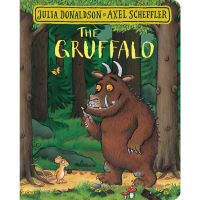
Synopsis: A rhyming story about a clever little mouse and a monster. When mouse goes for a walk in a dangerous forest, he invents tales of a fantastic creature called a Gruffalo to scare off his enemies. Imagine his surprise when he meets a real Gruffalo!
Why This Book Is Good: This is a marvellous, entertaining story which brilliantly demonstrates how humour and metaphor can be so effective in communicating the important message that we can use our imagination to protect ourselves.
Listen to audio book
15. Where The Wild Things Are (4 – 6 years old)
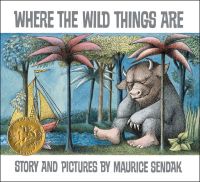
Synopsis: Max runs away from home wearing his wolf costume and mentally travels to an imaginary world where a forest inhabited by ferocious wild creatures crown him as their ruler.
Why This Book Is Good: The colorful language and a world of imagination make this wild adventure a fun learning experience while discussing social emotions.
16. If You Give A Mouse A Cookie (4 – 6 years old)
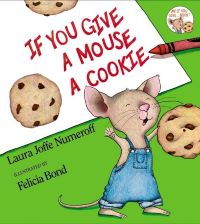
Synopsis: A set of events that occurs after a boy gives a mouse a cookie. Once the mouse is given the cookie, he asks for a glass of milk, which ends up leading to a series of additional requests. Each event makes the mouse want something new, creating a seemingly endless stream of demands. The reader is left with the impression that the mouse is going to go through the same loop over and over again.
Why This Book Is Good: It gives children the chance to reflect on their relationships with their own parents, making light of the fact that parents often do a lot for their children without asking for anything in return.
Listen to audio book
17. May I Please Have A Cookie? (4 – 6 years old)
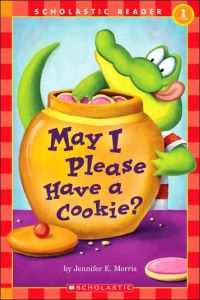
Synopsis: Alfie learns that the best way to get a delicious cookie is to say please! Alfie loves his mommy’s cookies, and he wants one more than anything! But grabbing for one, fishing for one, and dressing up as a cookie inspector don’t seem to work. His mommy says there is a better way.
Why This Book Is Good: This book teaches manners and has lots of opportunities for children to participate in the telling of this story.
18. I Can Handle It (4-6 years old)
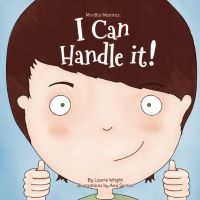
Synopsis: Can Sebastien handle his problems? Of course he can, with the help of a mindful mantra! Chances are whatever his problem may be, he can handle it.
Why This Book Is Good: This book teaches children mindfulness with positive self-talk and using that to overcome obstacles that feel harder than they are.
19. The Cat in the Hat (4 – 6 years old)
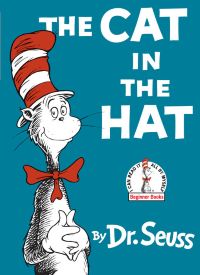
Synopsis: The Cat in the Hat is a book where an eccentric stranger (who’s a cat!) comes into the house of two young children, Sally and Sam, who are having a very dull day. Their mother is out, and when the Cat comes in, he reassures the children that their mother won’t mind him or his tricks!
Why This Book Is Good: This book discusses trust, responsibility, what’s right and wrong, and social expectations.
20. Duck! Rabbit! (4+ years old)
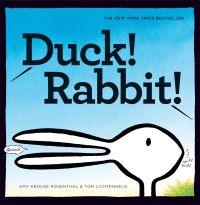
Synopsis: Is it a duck or a rabbit? Depends on how you look at it! Readers will find more than just author Amy Krouse Rosenthal’s signature humor here; there’s also a subtle lesson for kids who don’t know when to let go of an argument.
Why This Book Is Good: This book can be enjoyed simply as a playful game about optical illusions and finding shapes in clouds. It also might easily lead into a greater discussion about the different ways people. see the same things, and why. And, even more, what should you do when you see things differently from someone else.
Listen to audio book
My First Skool: The Culture of Reading
We hope you found that list useful. Here at NTUC First Campus’ My First Skool, we recognise how important it is to develop young minds through the power of books and stories — in fact it’s a key part of our curriculum., a key focus area of engagement for our teachers with the kids are the daily storytelling sessions. These sessions feature show-and-tell opportunities to support language and literacy development. Beyond sessions in a classroom setting, we also believe in collaborating with parents to develop a culture of reading. May we continue to work together to give our kids the inspiration they need to develop that precious commodity that they have: their imagination. As Einstein has said, “Imagination is everything, It is the preview to life’s coming attractions”.
